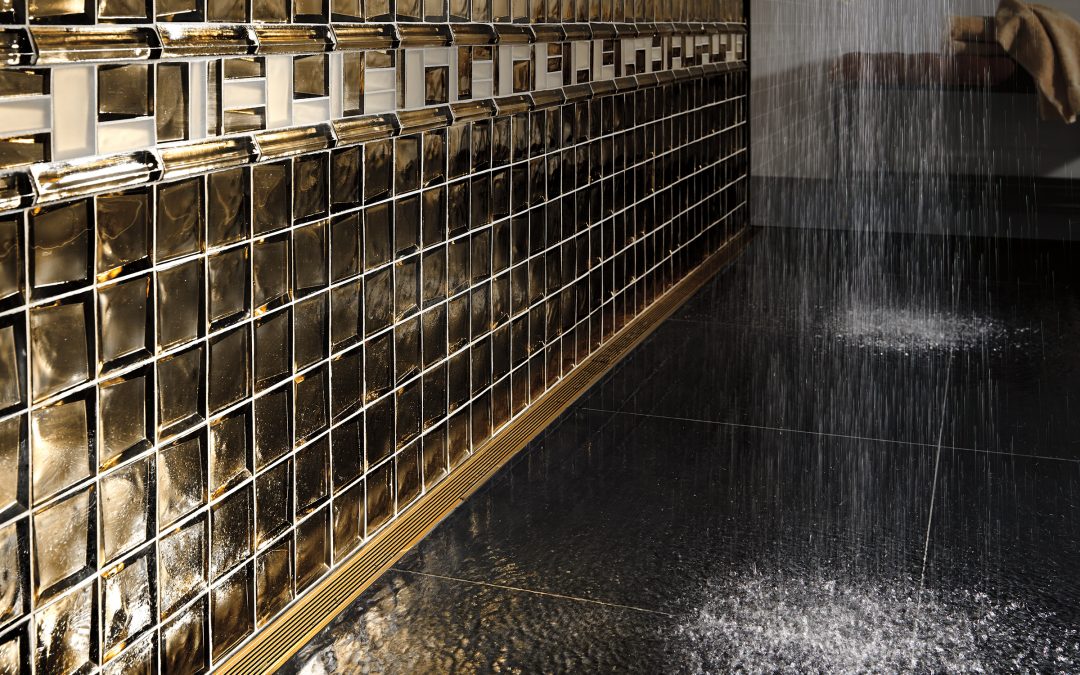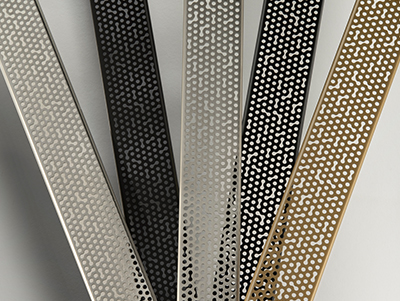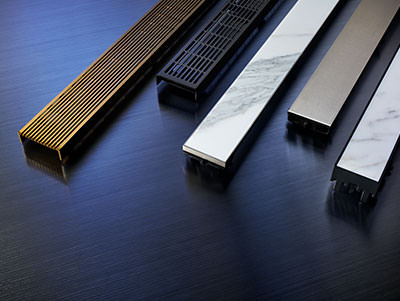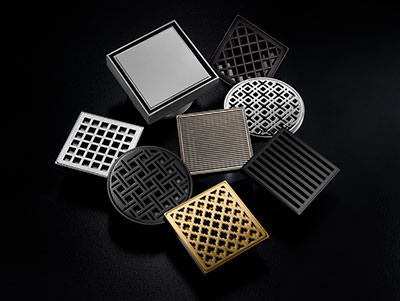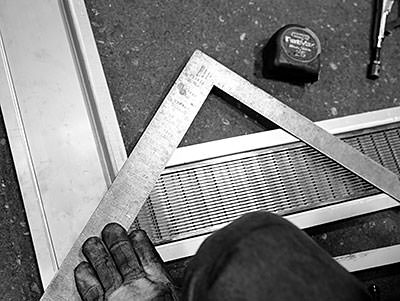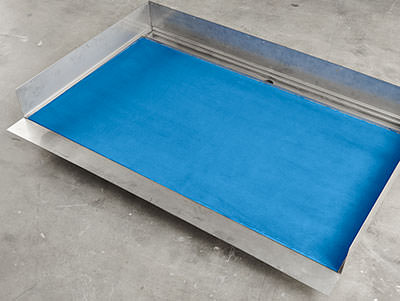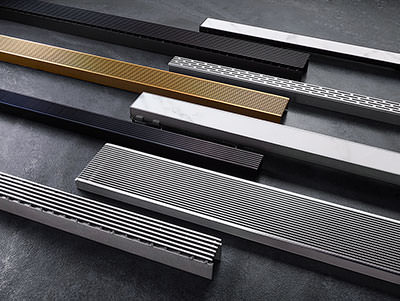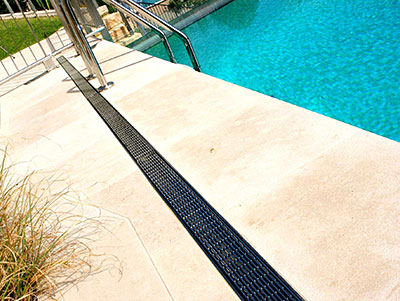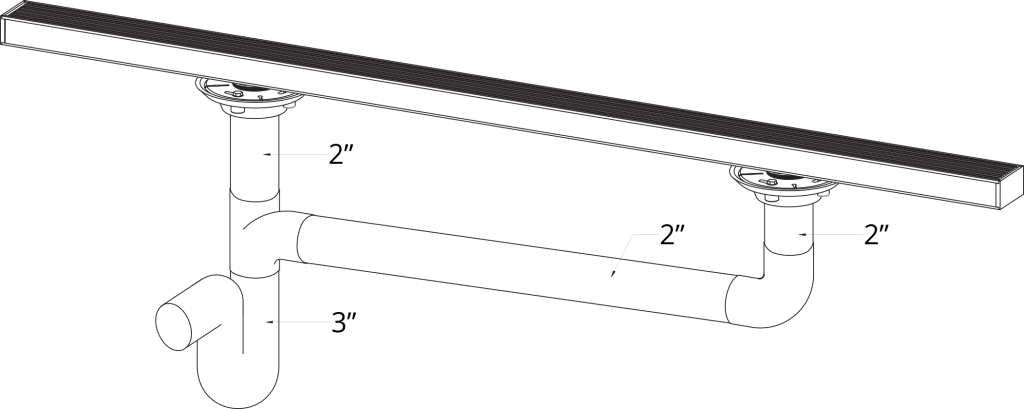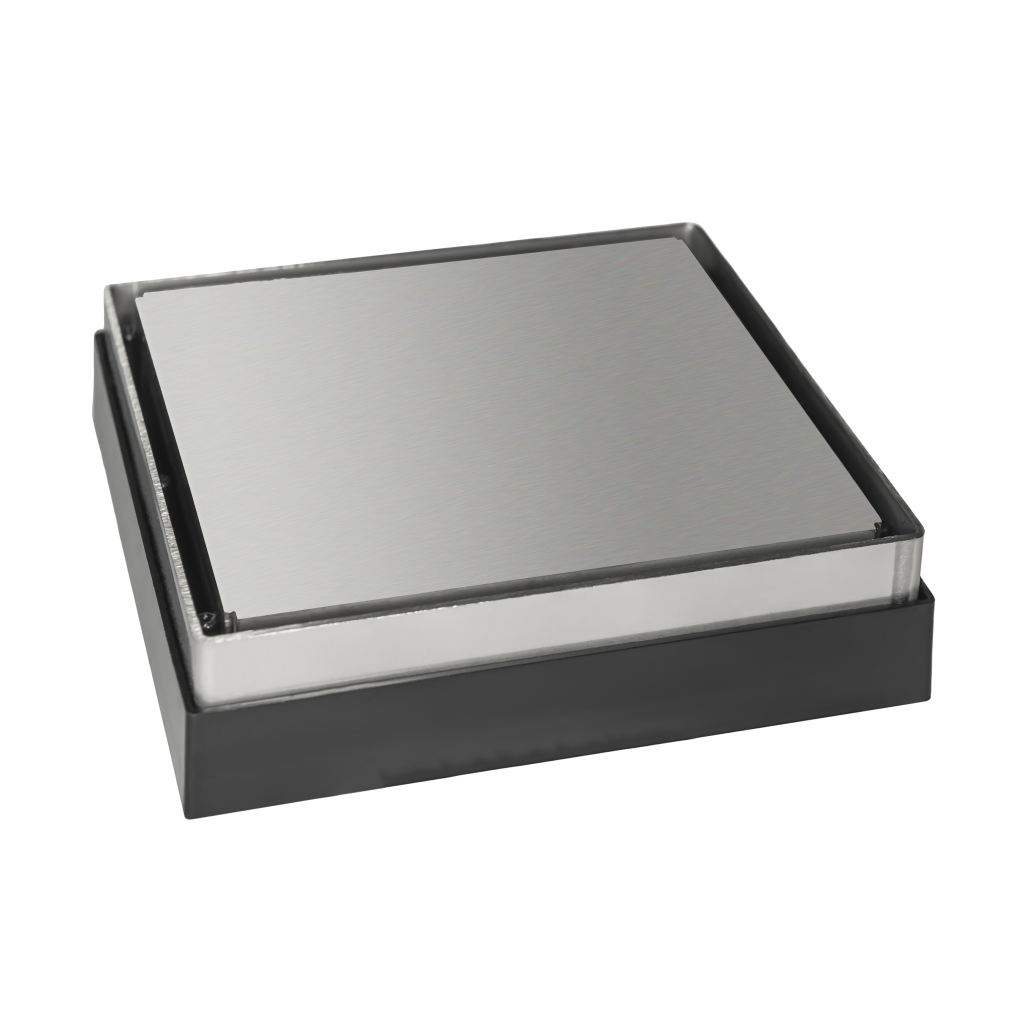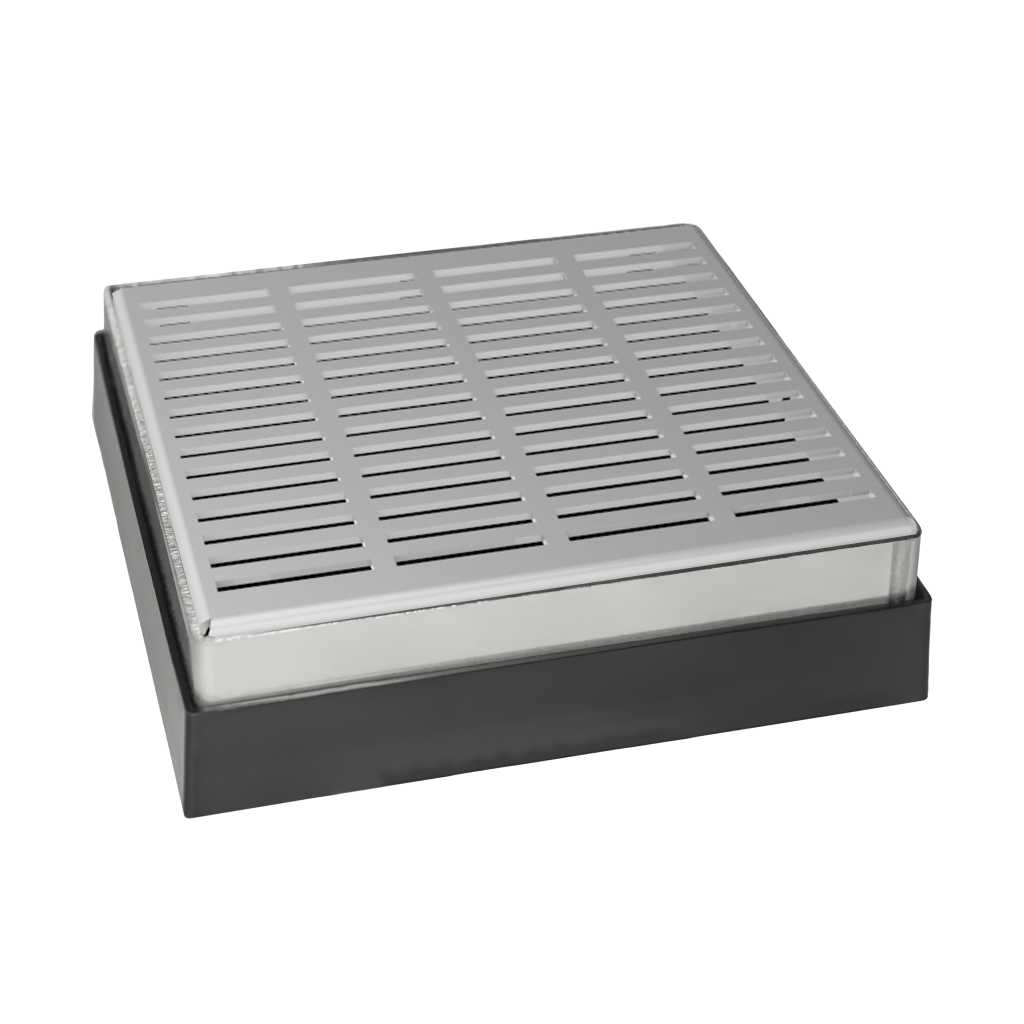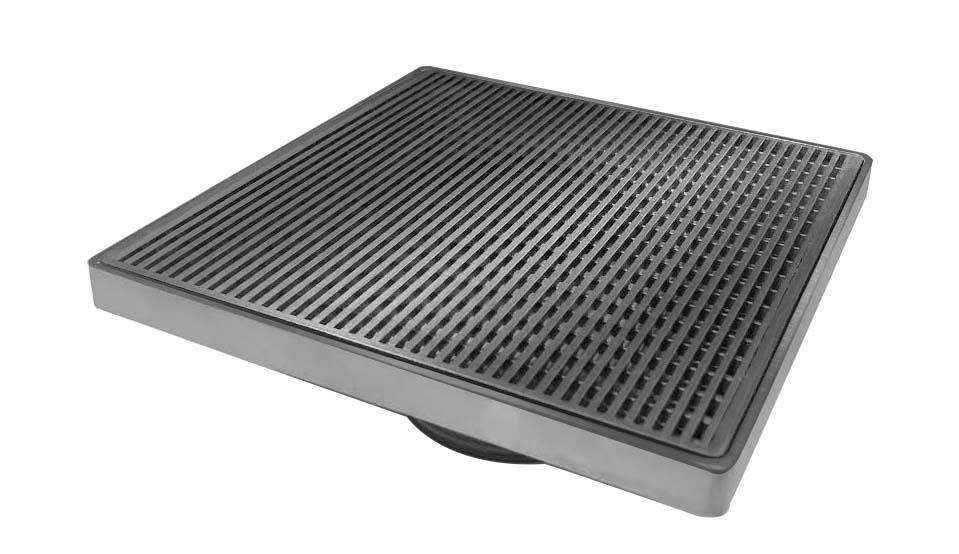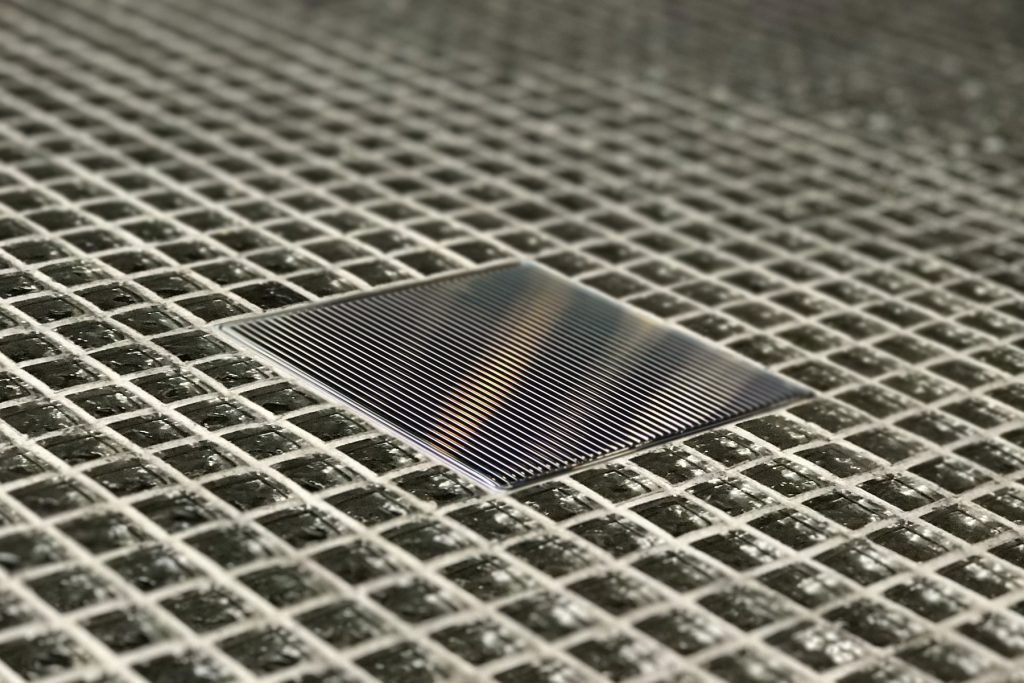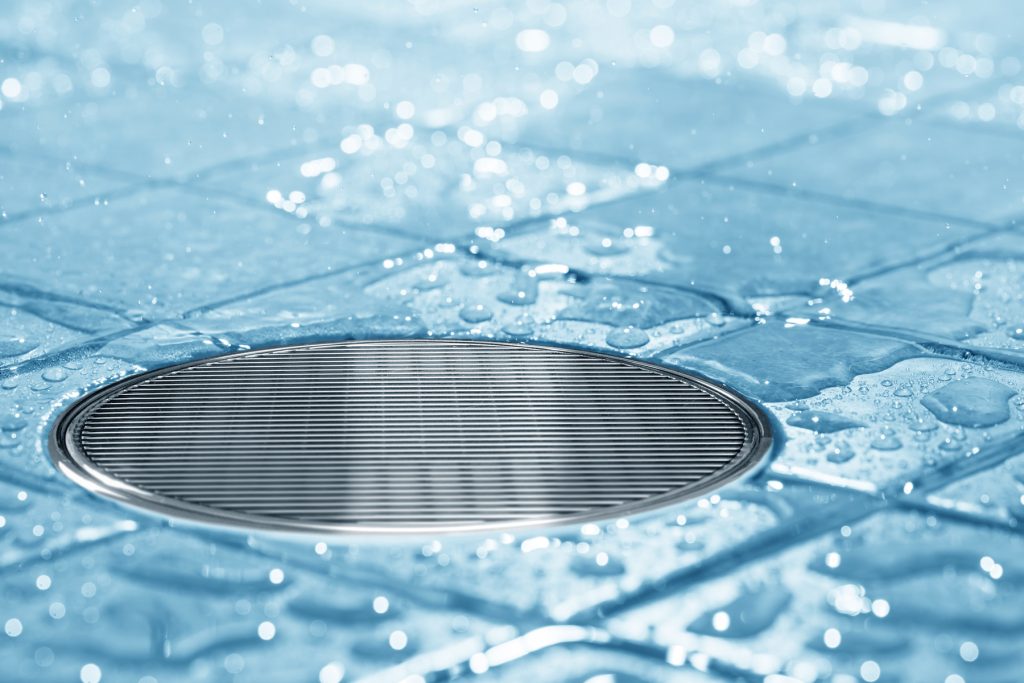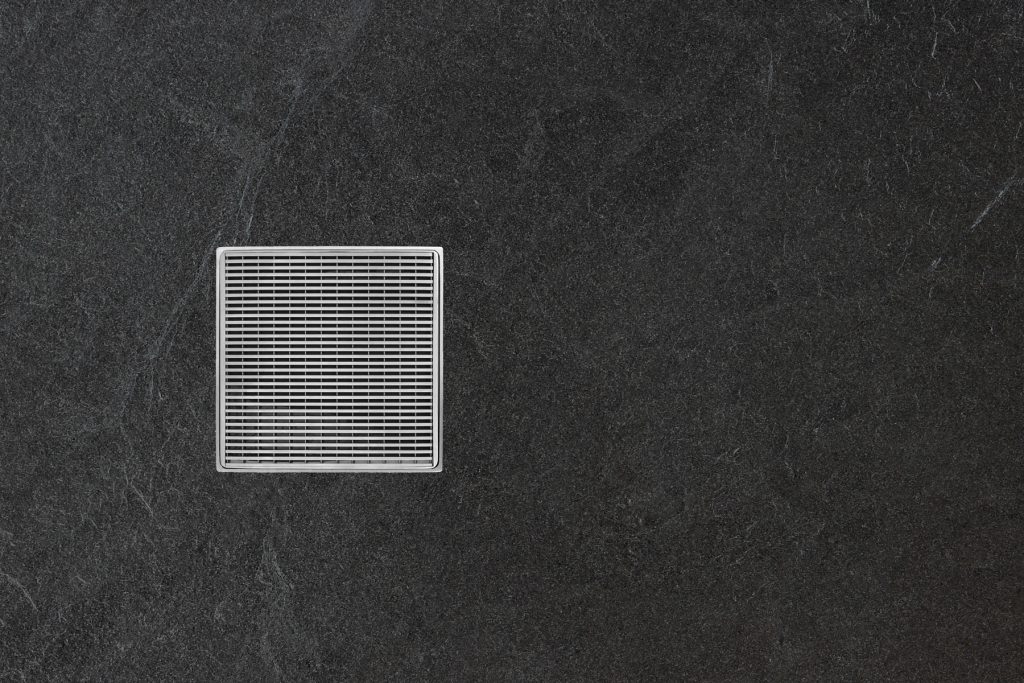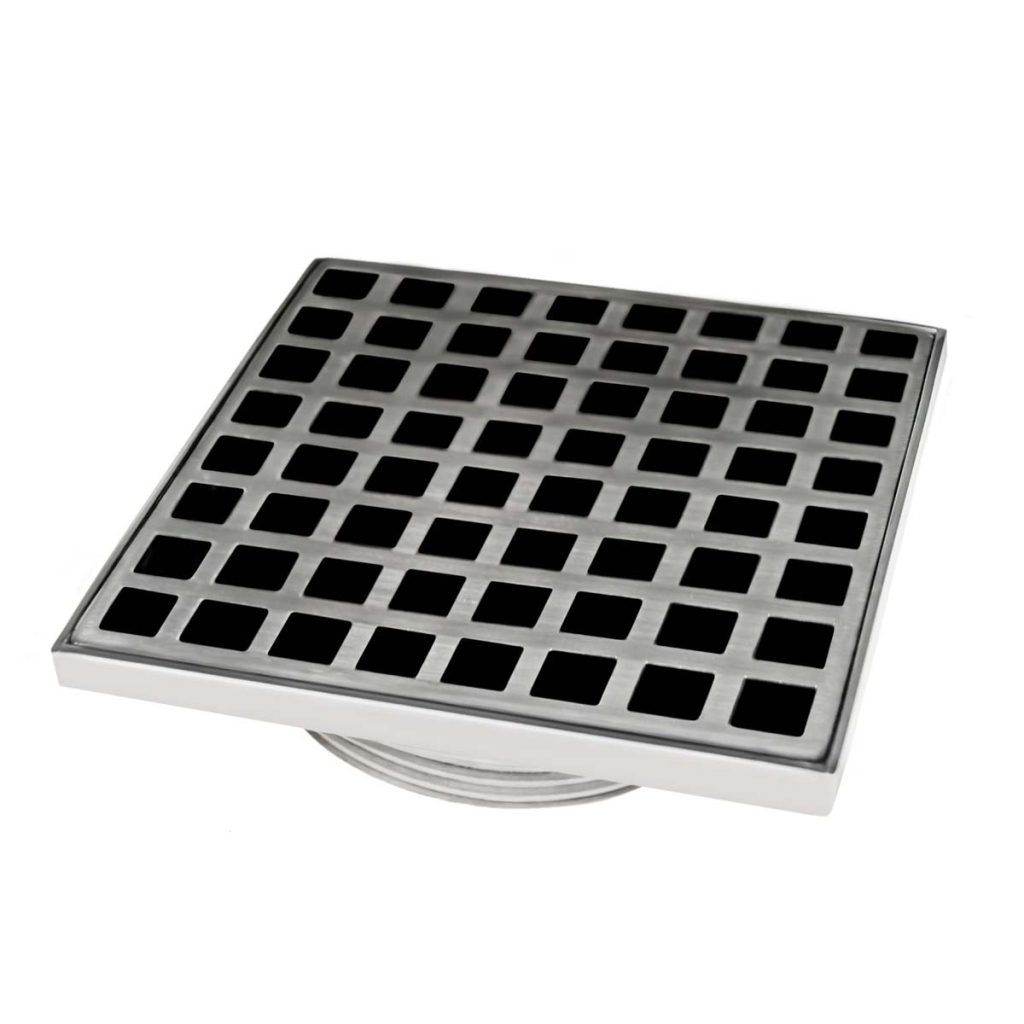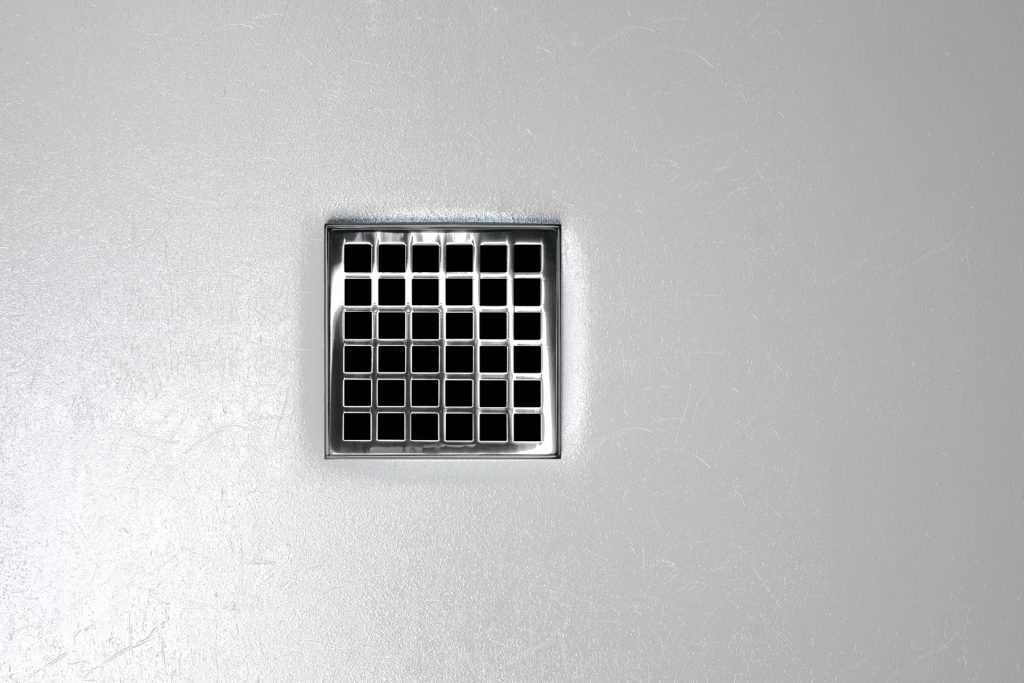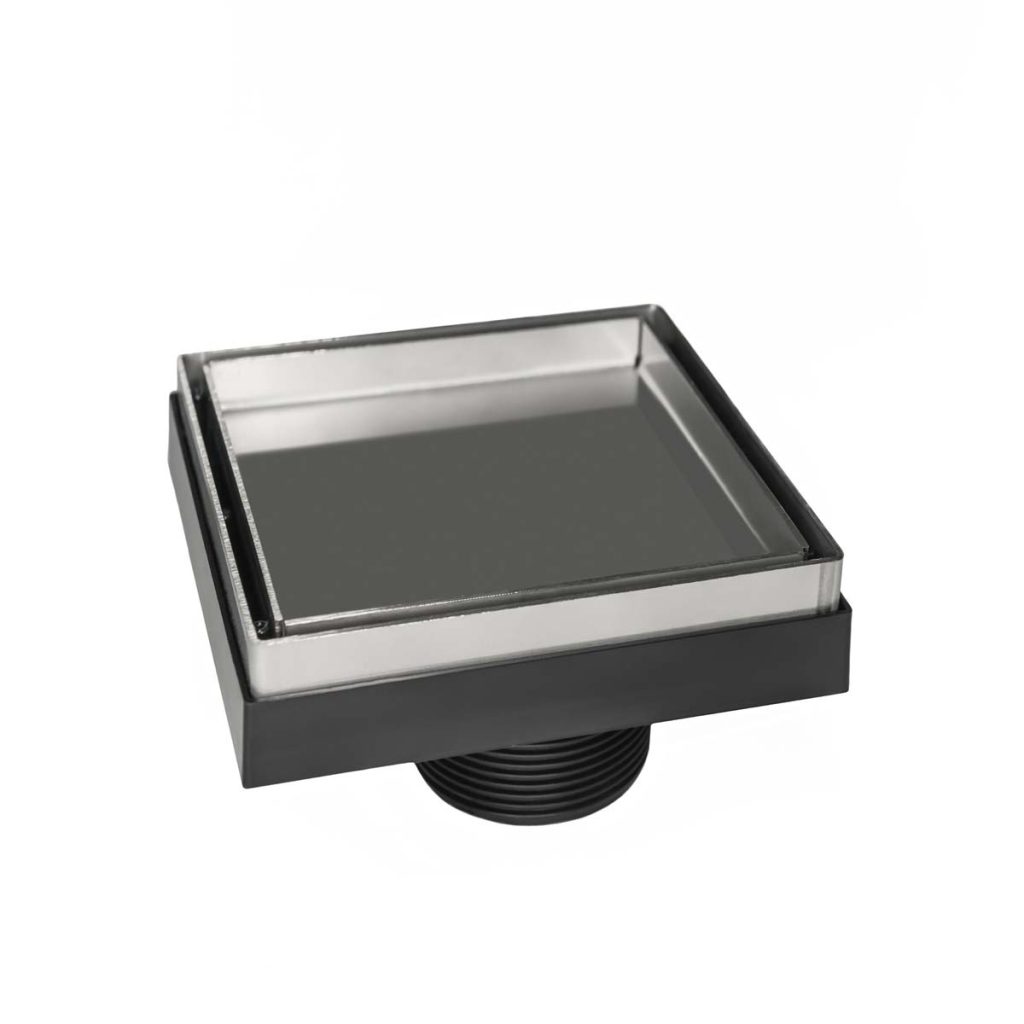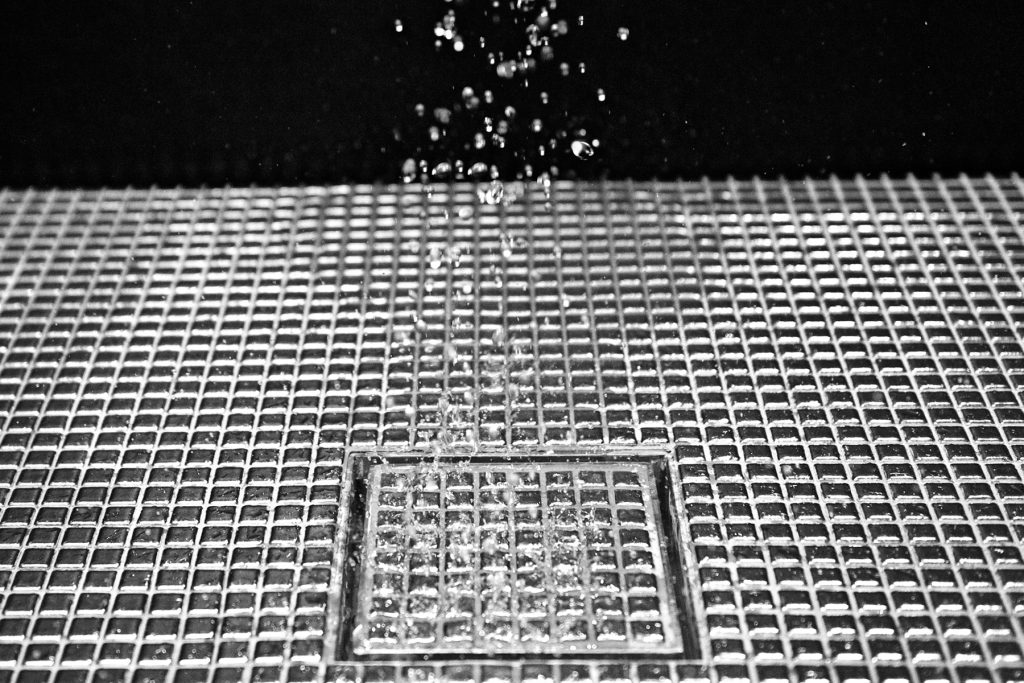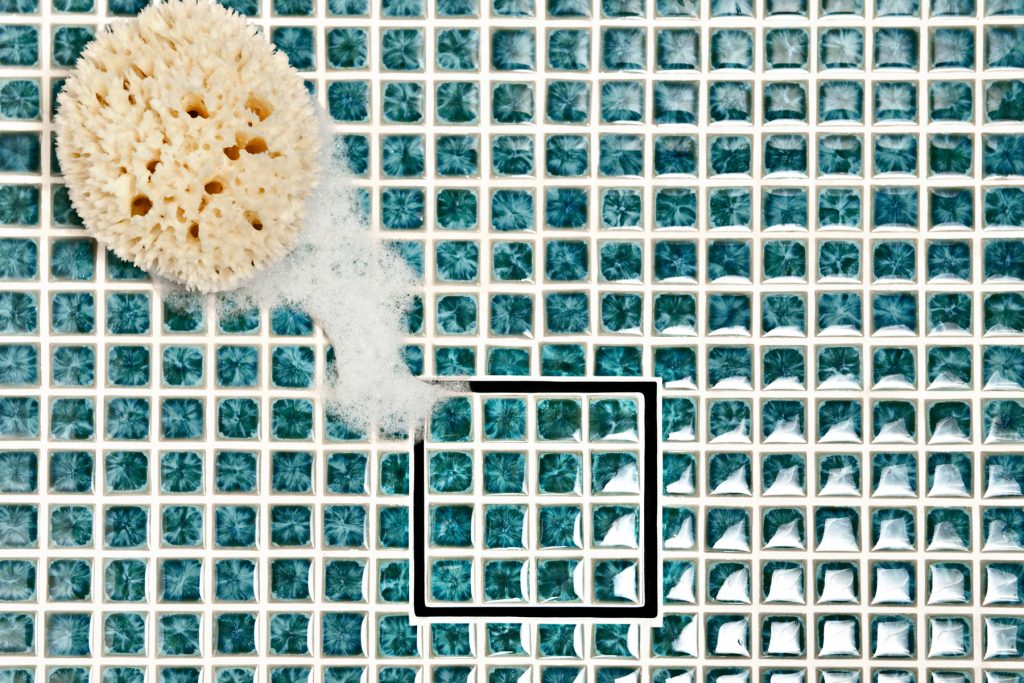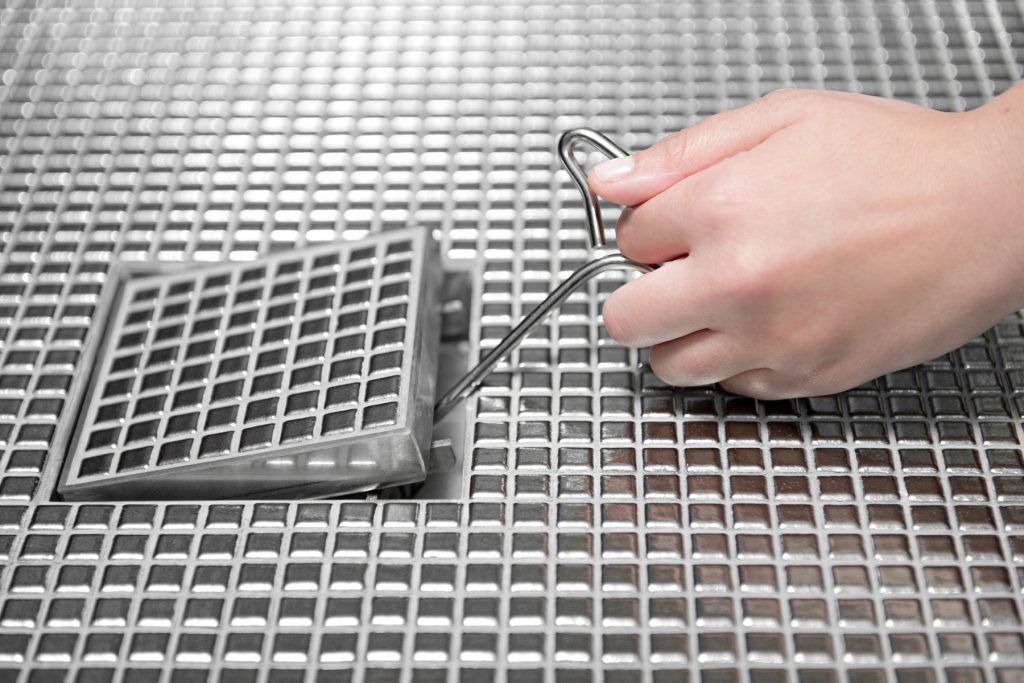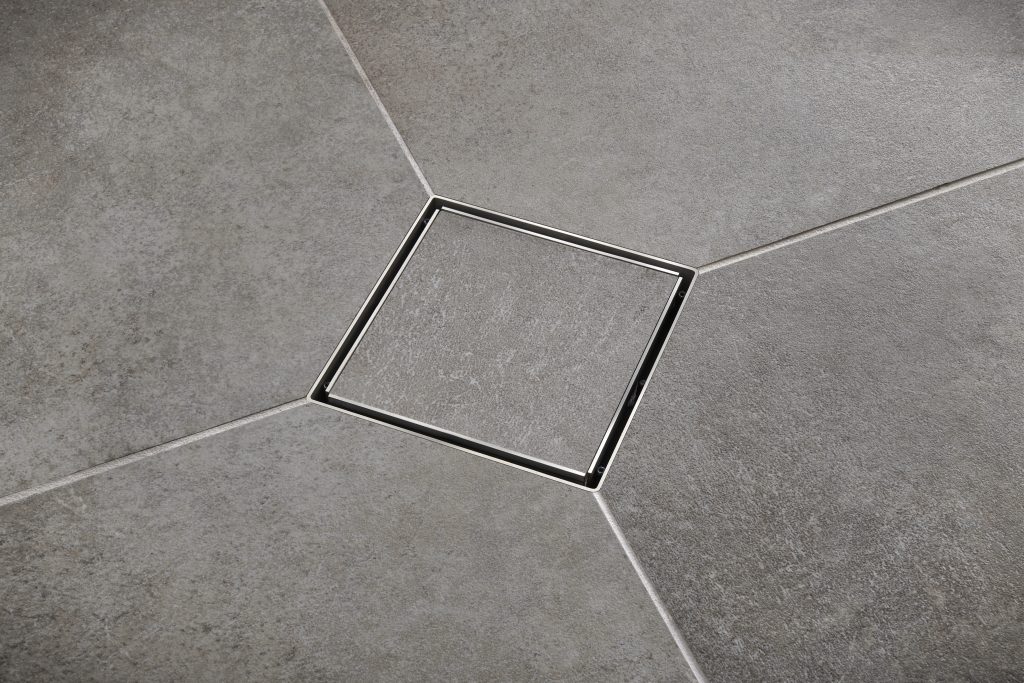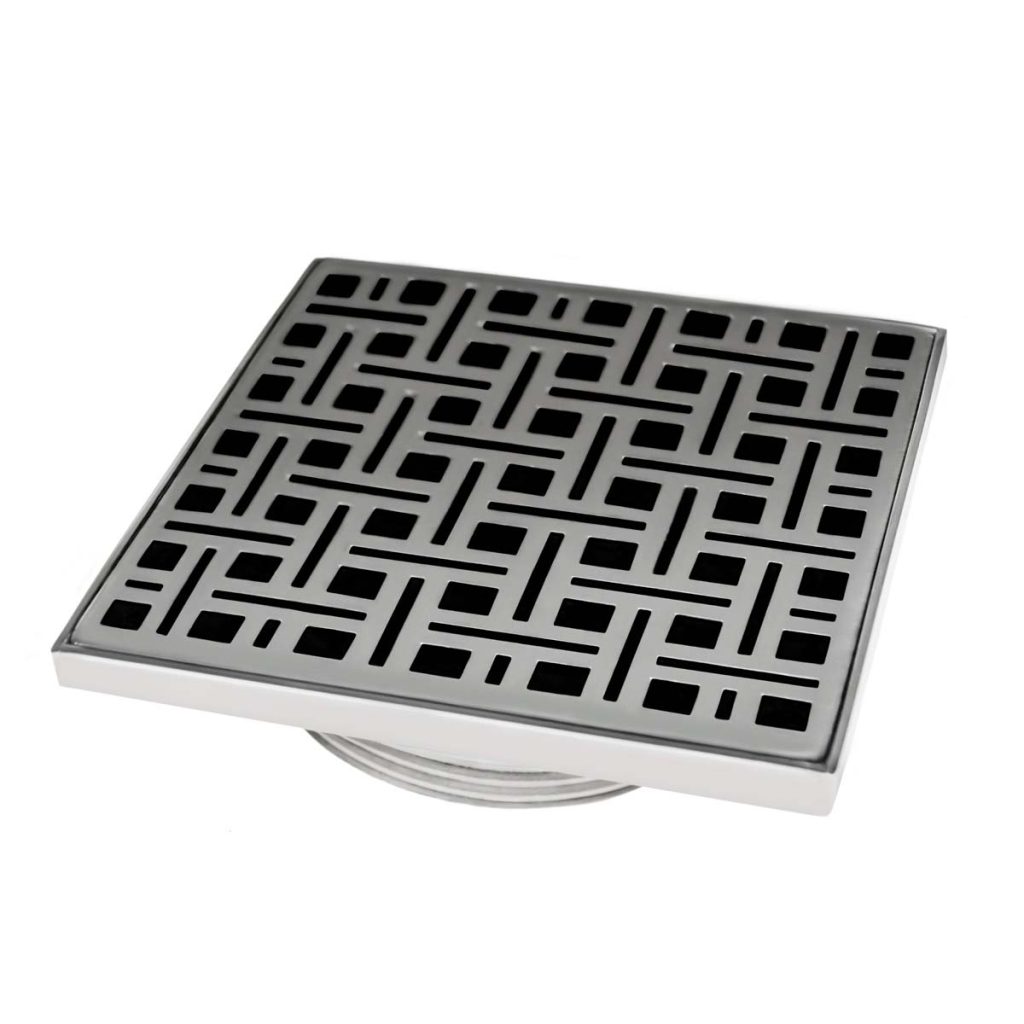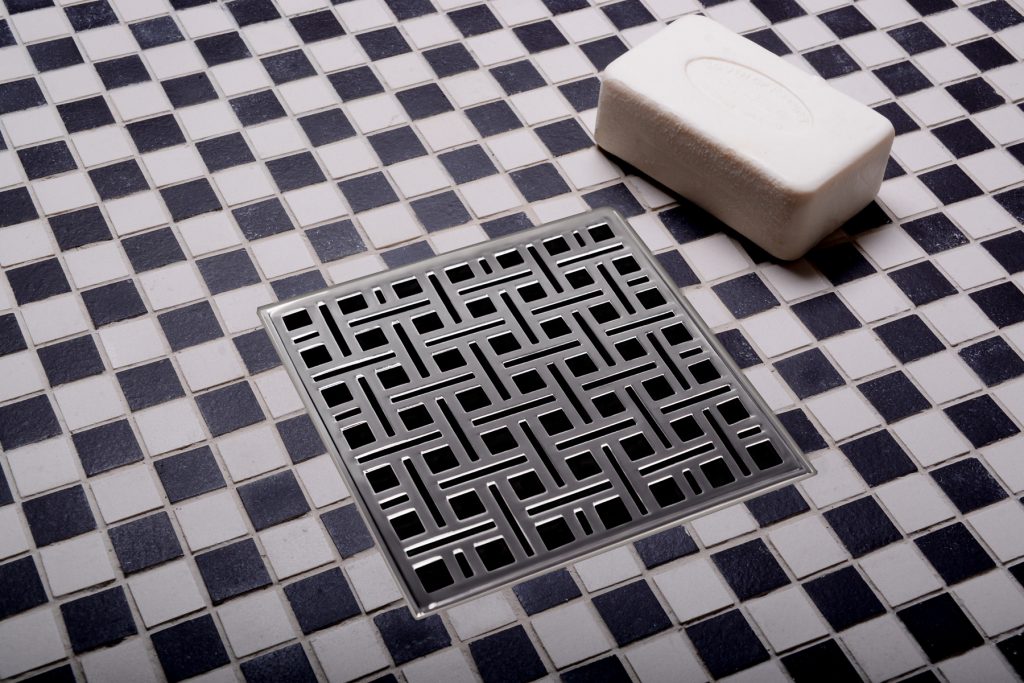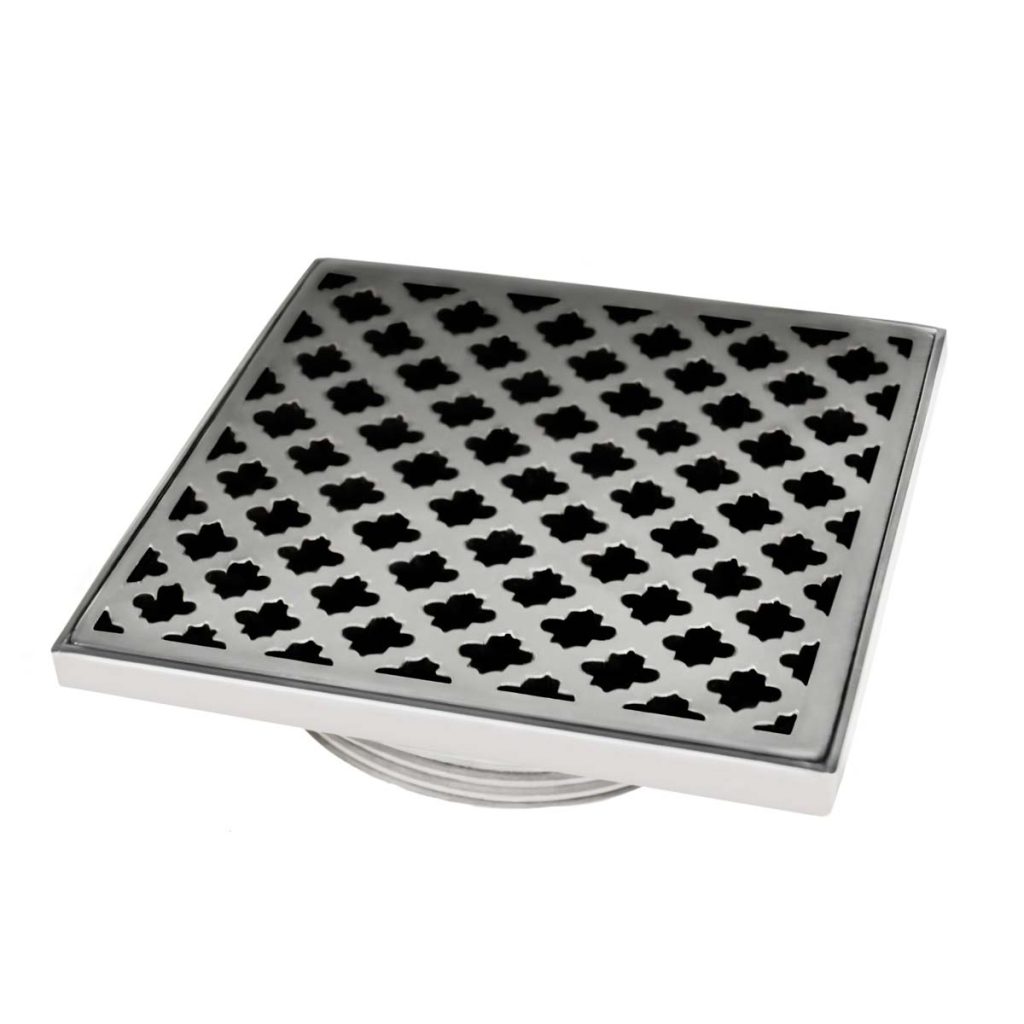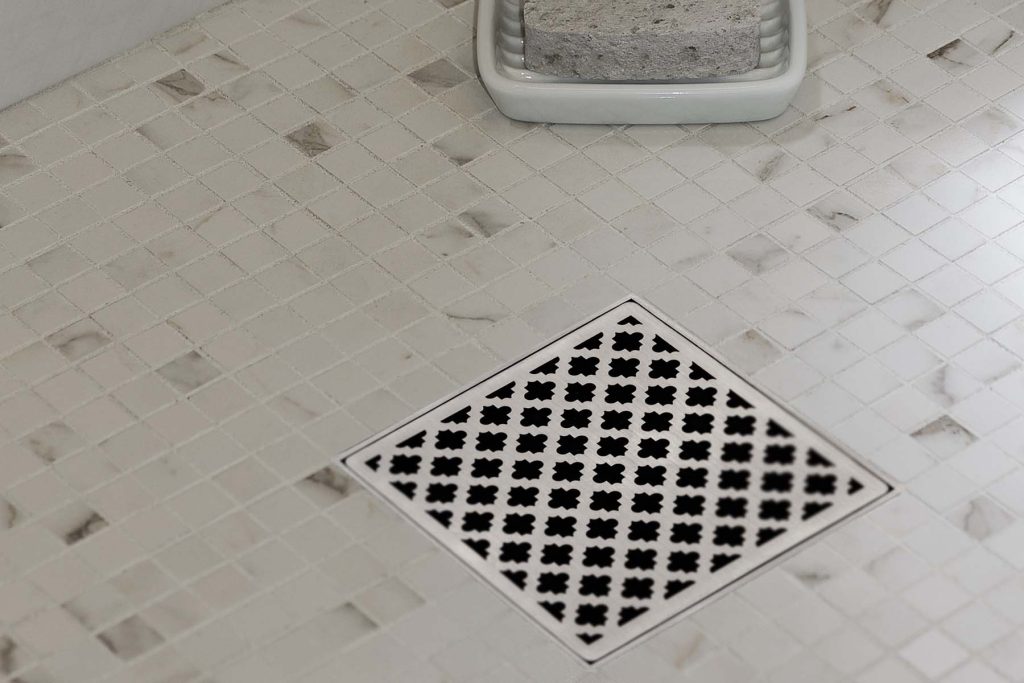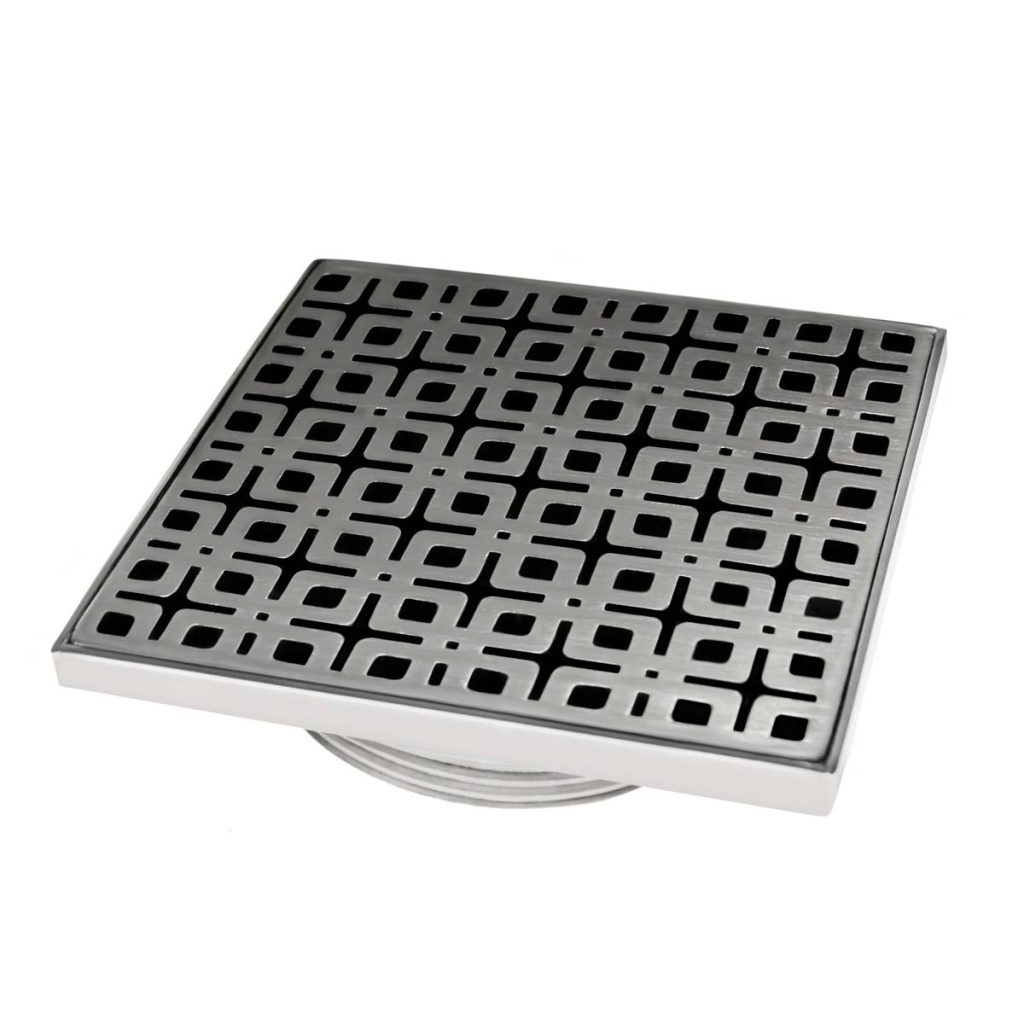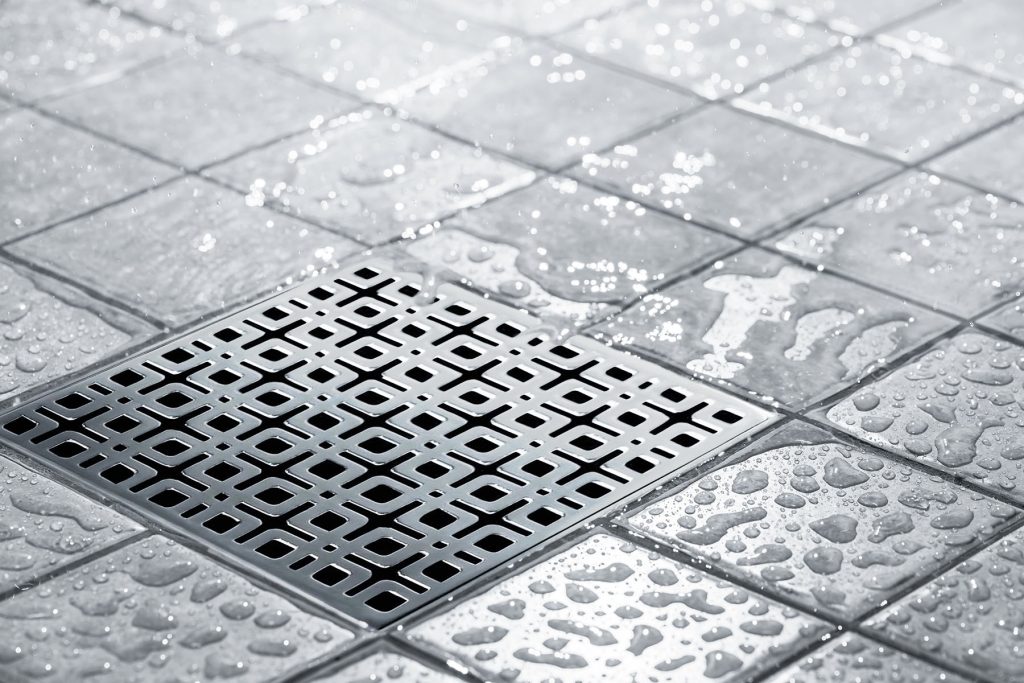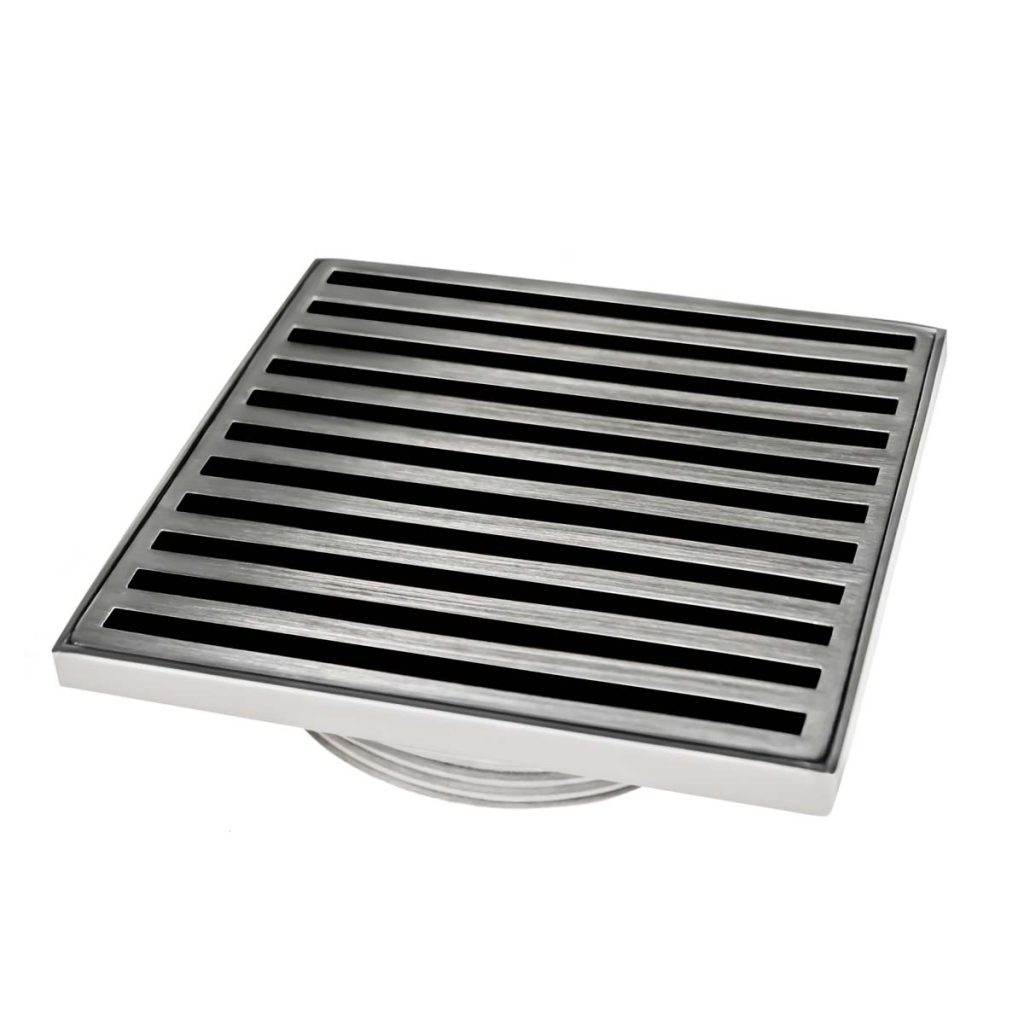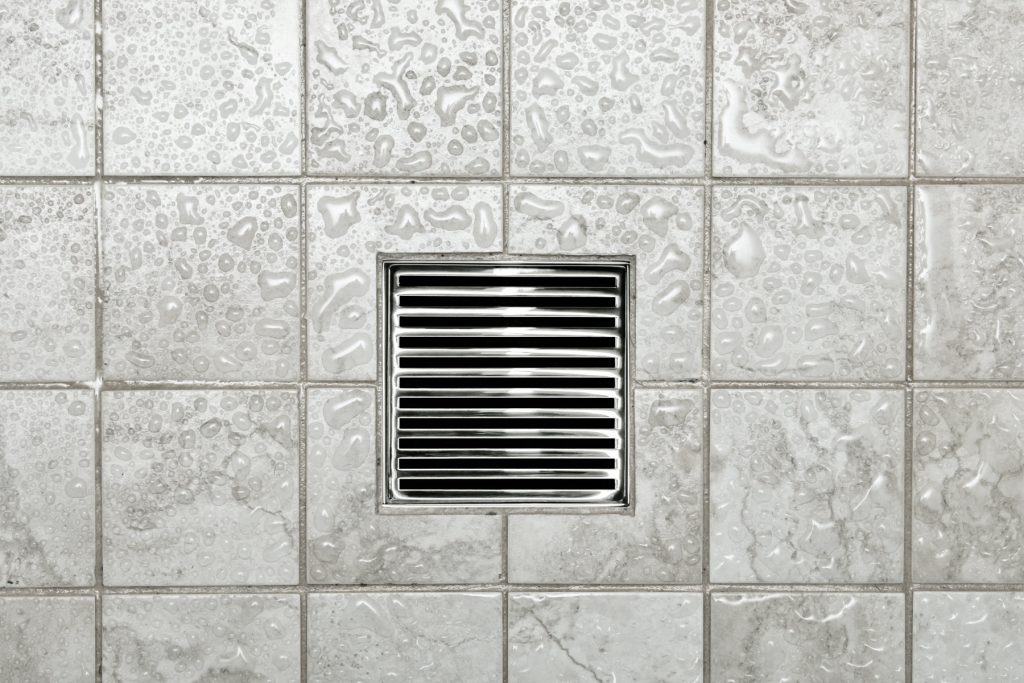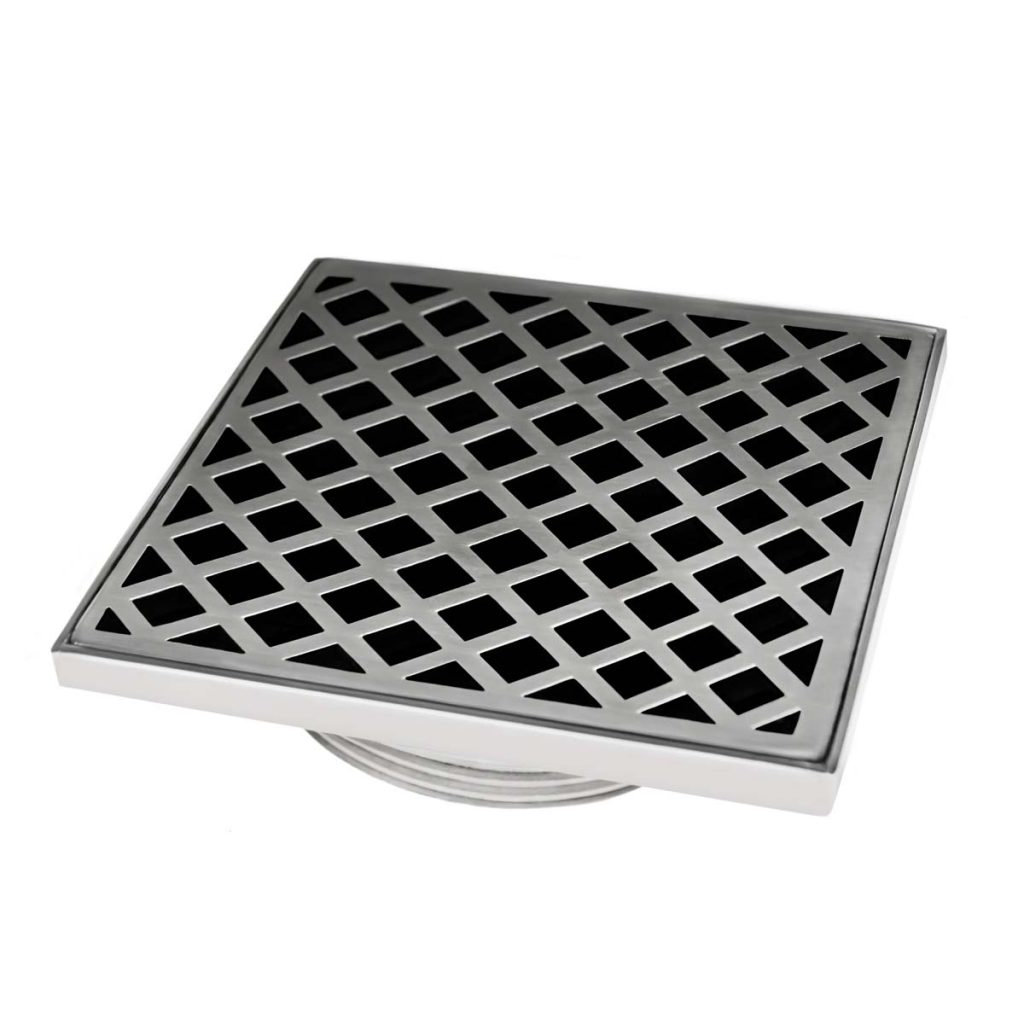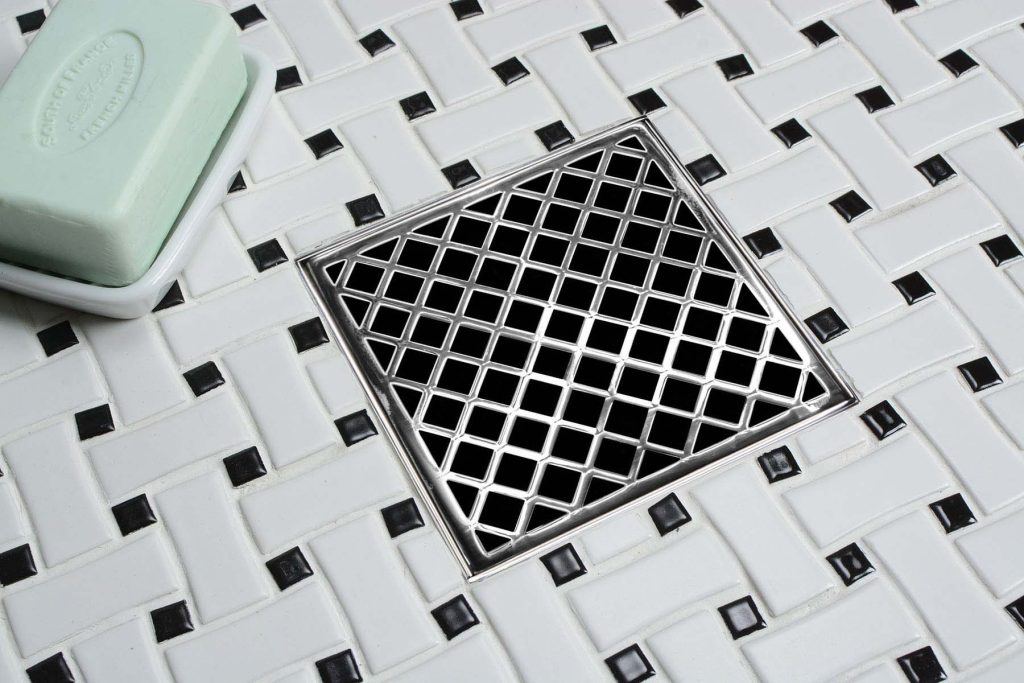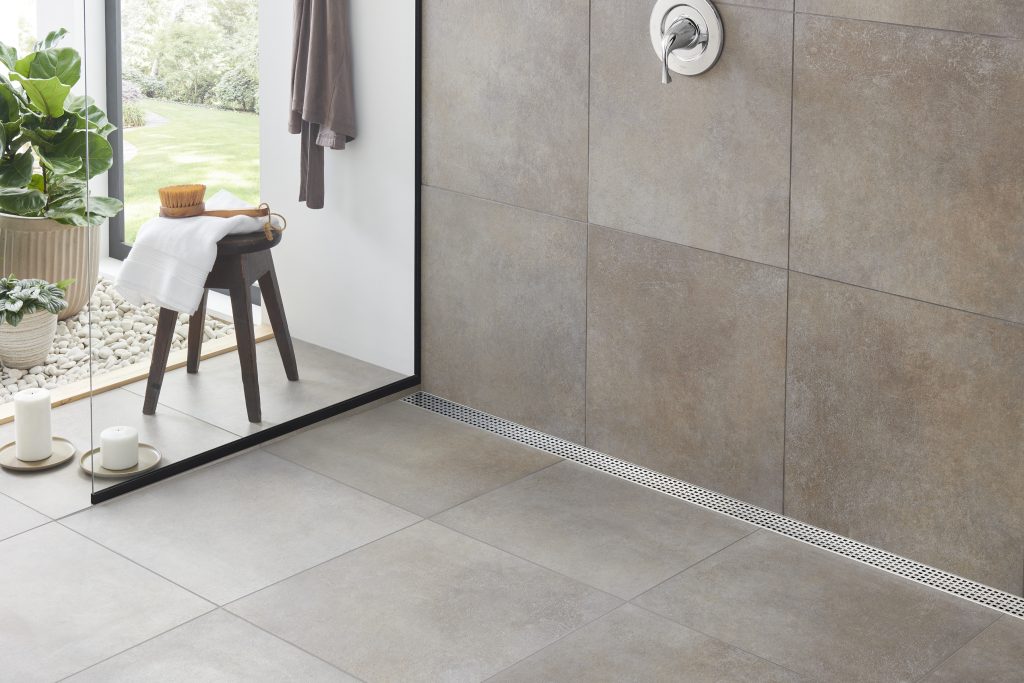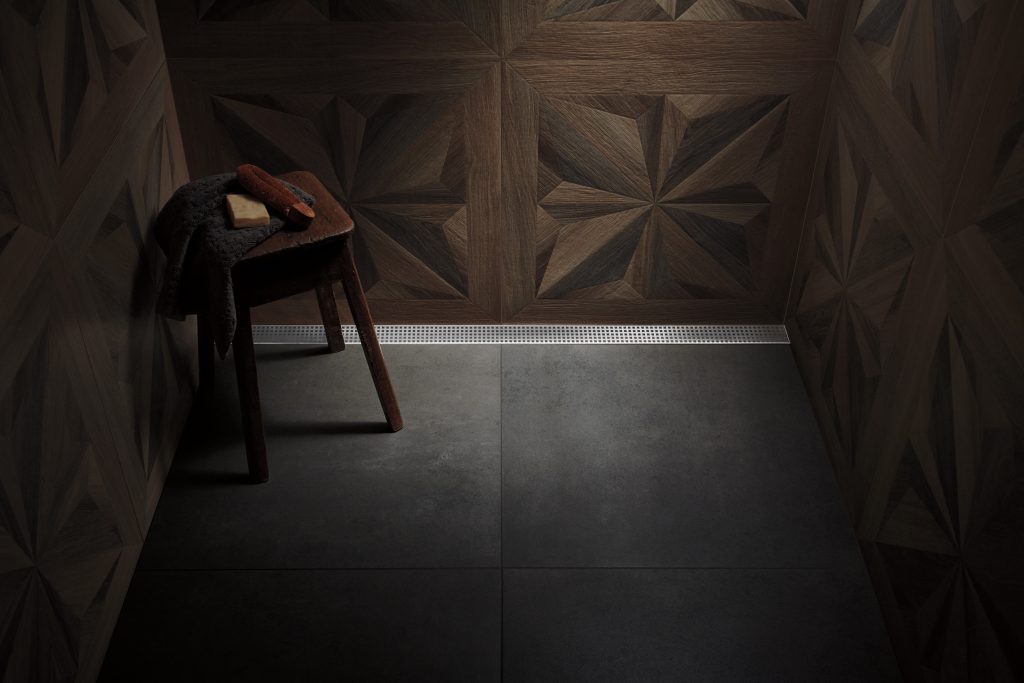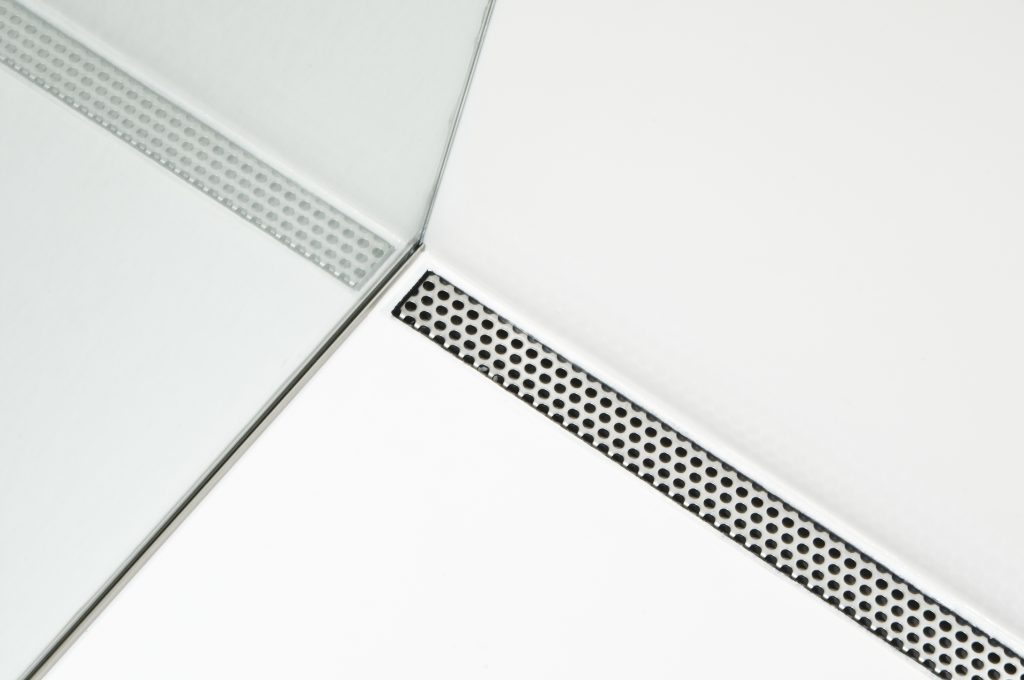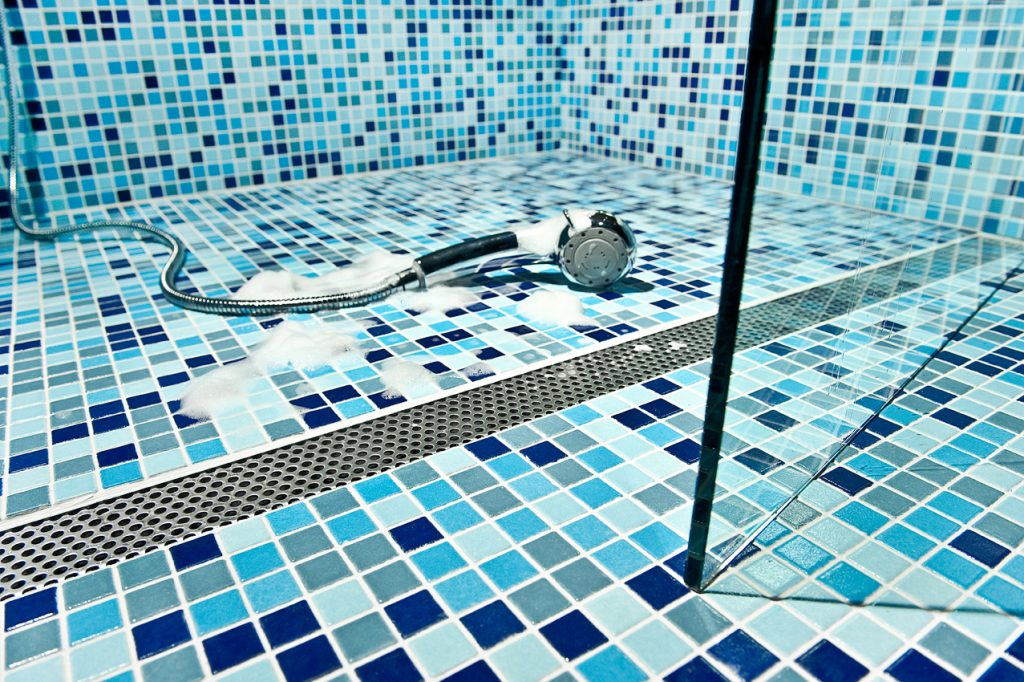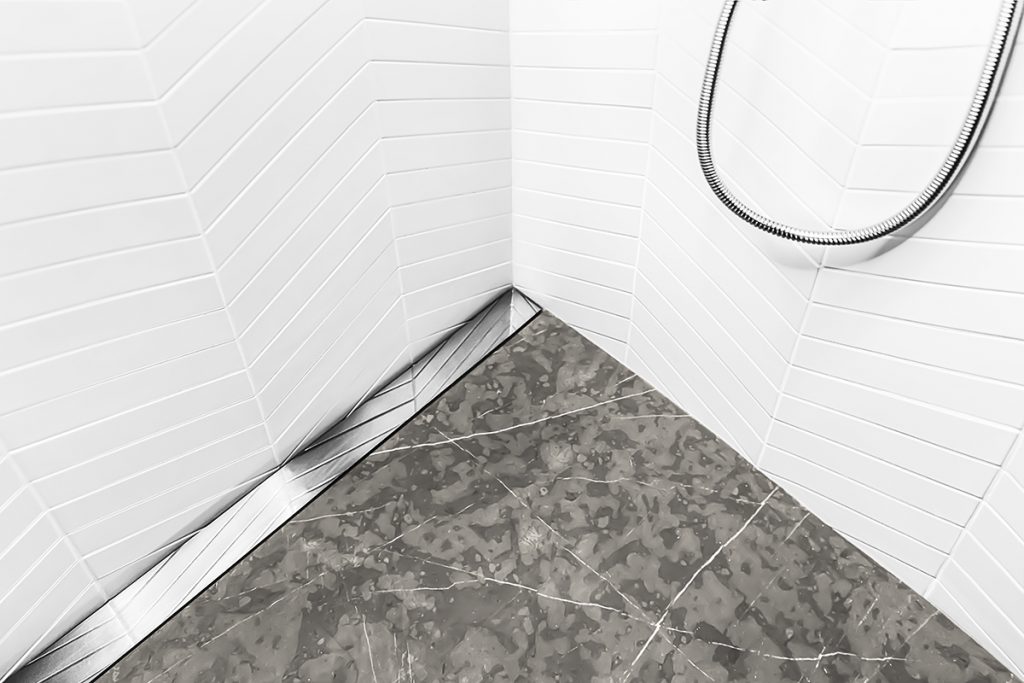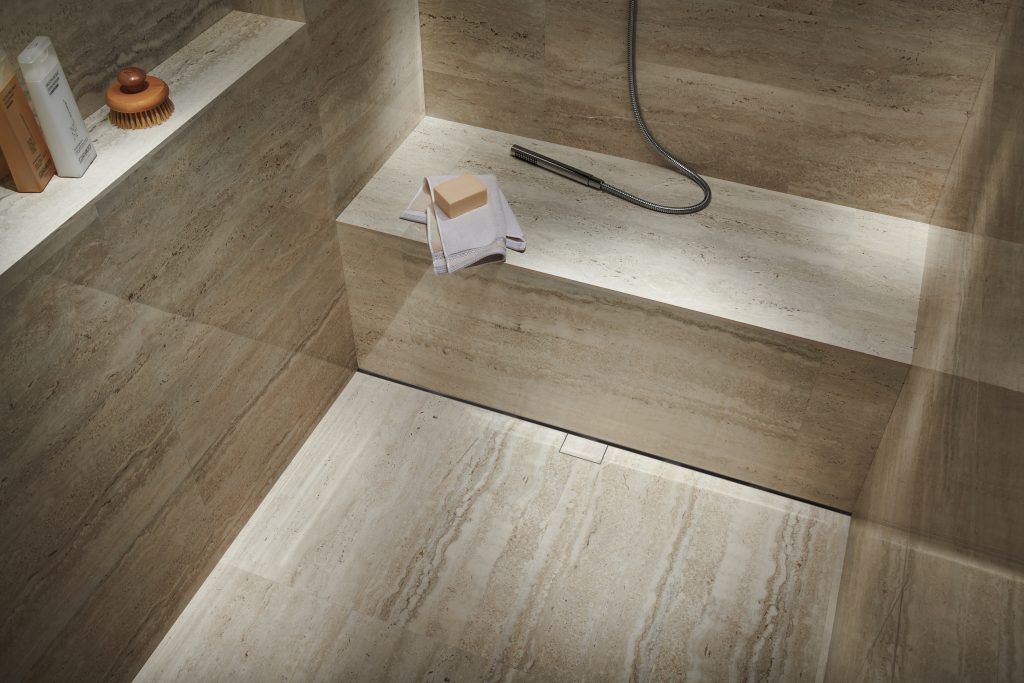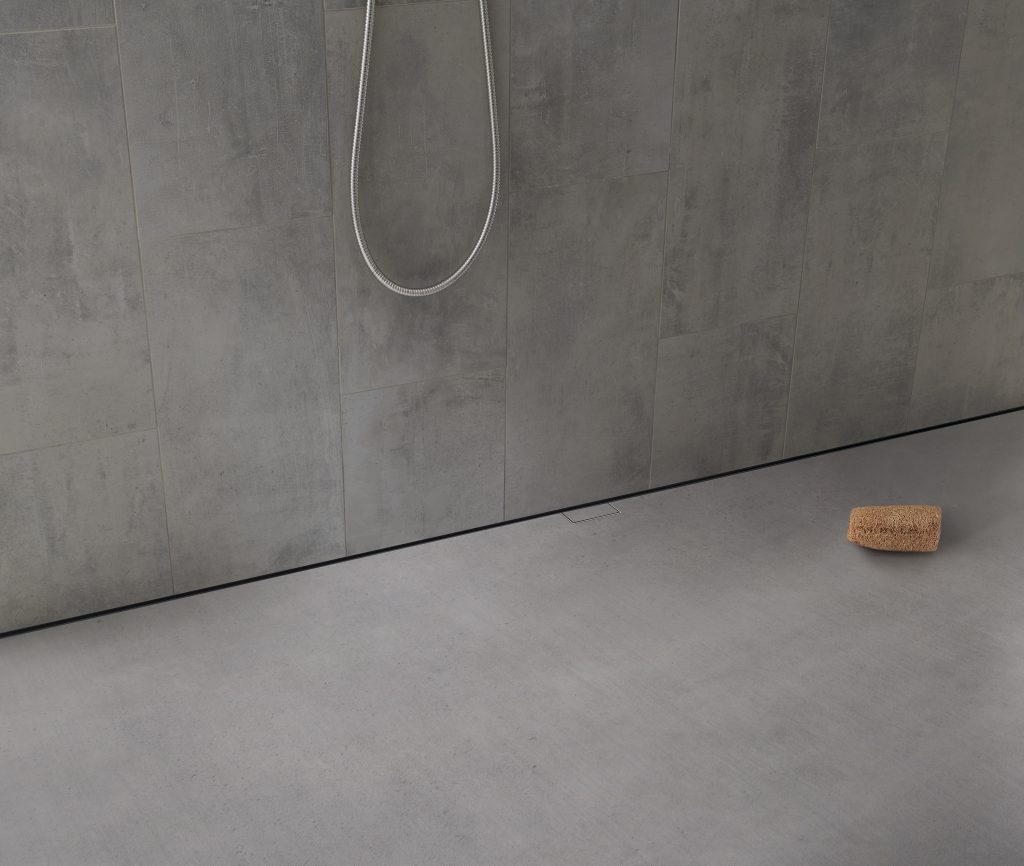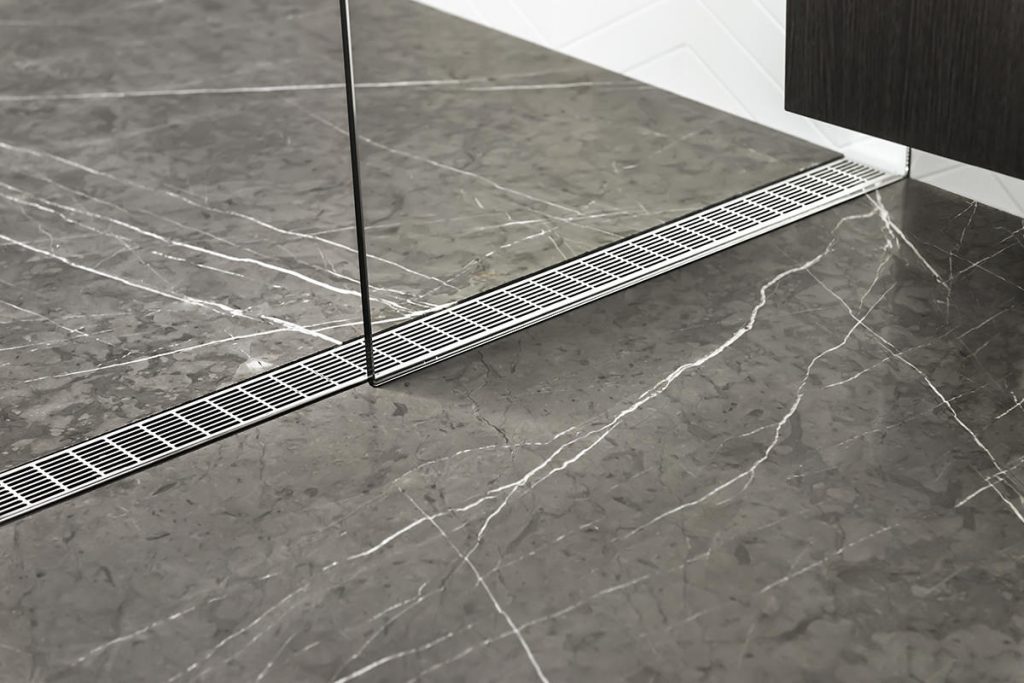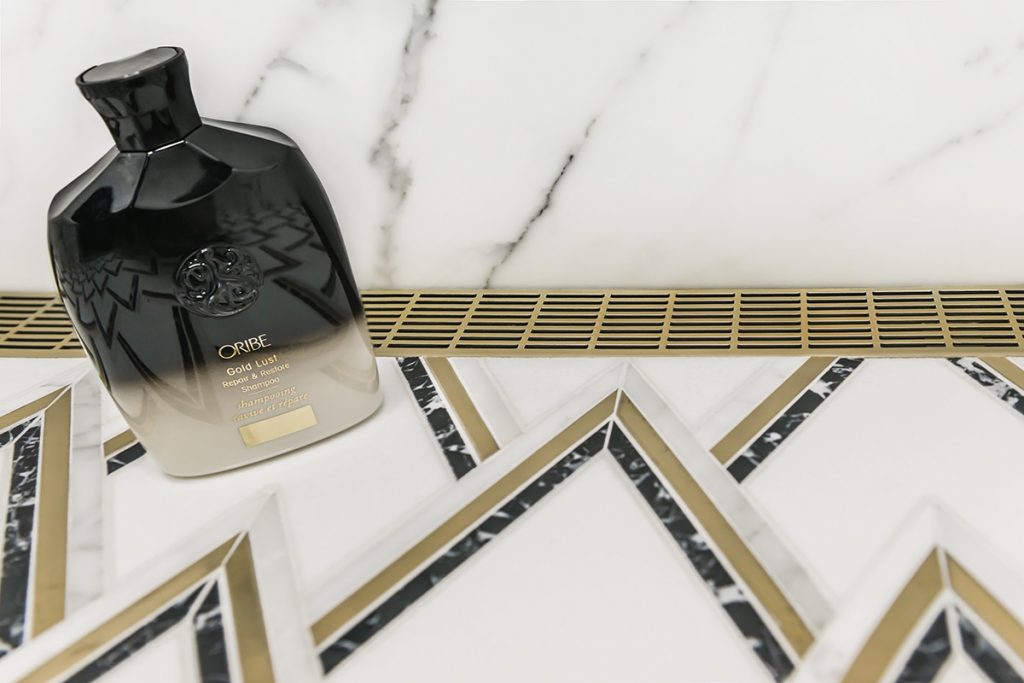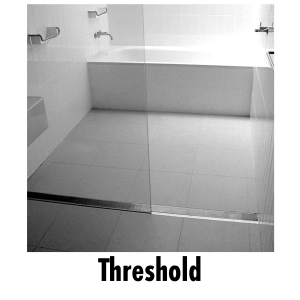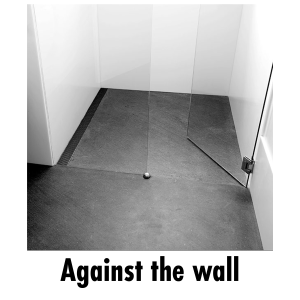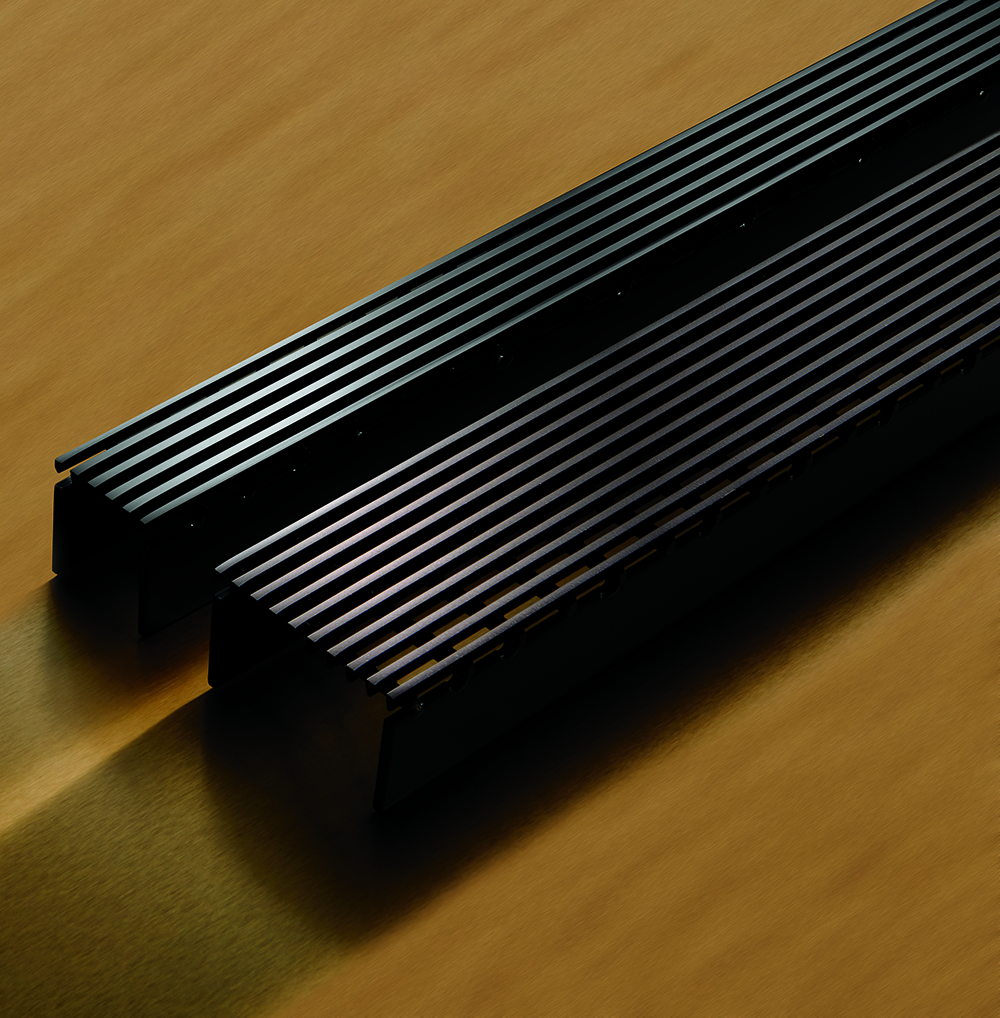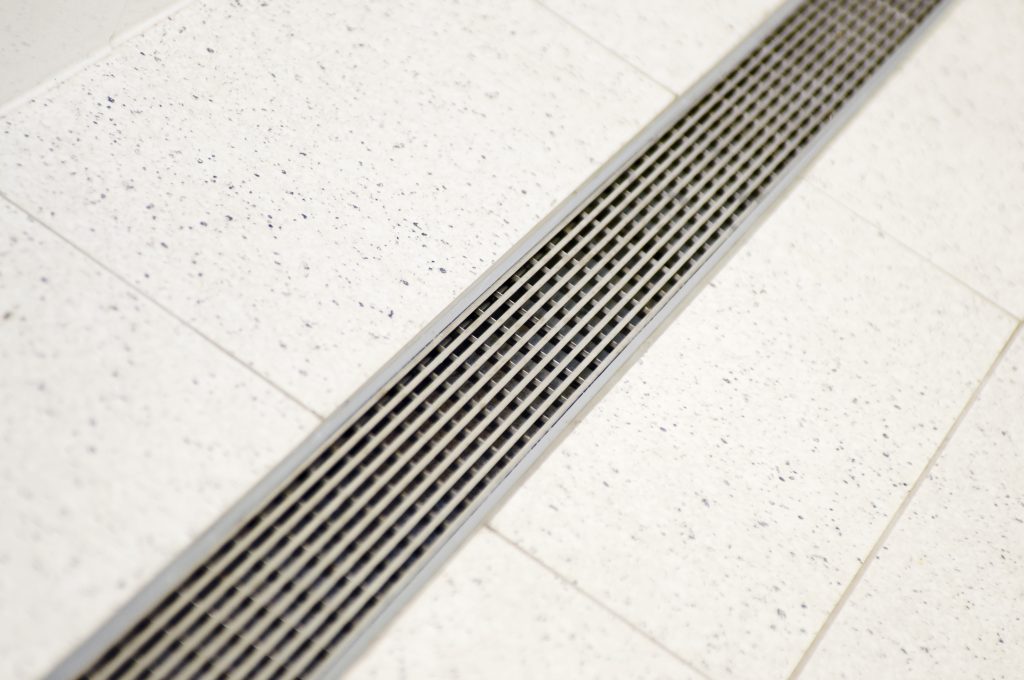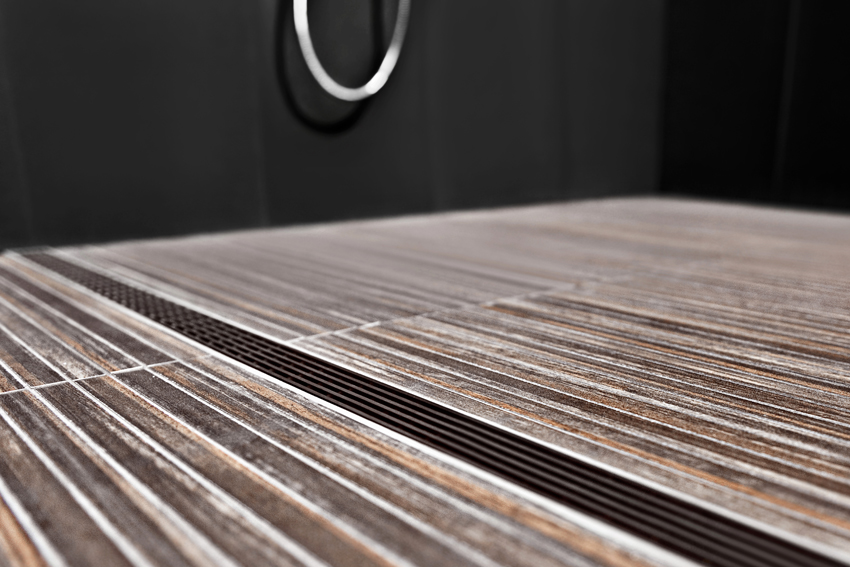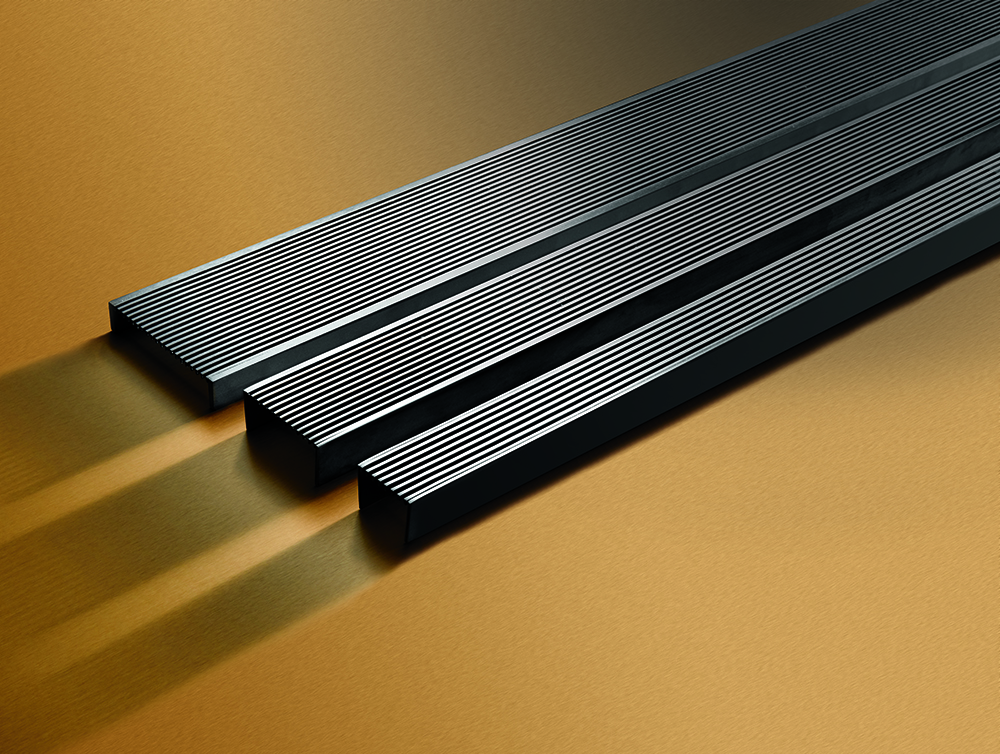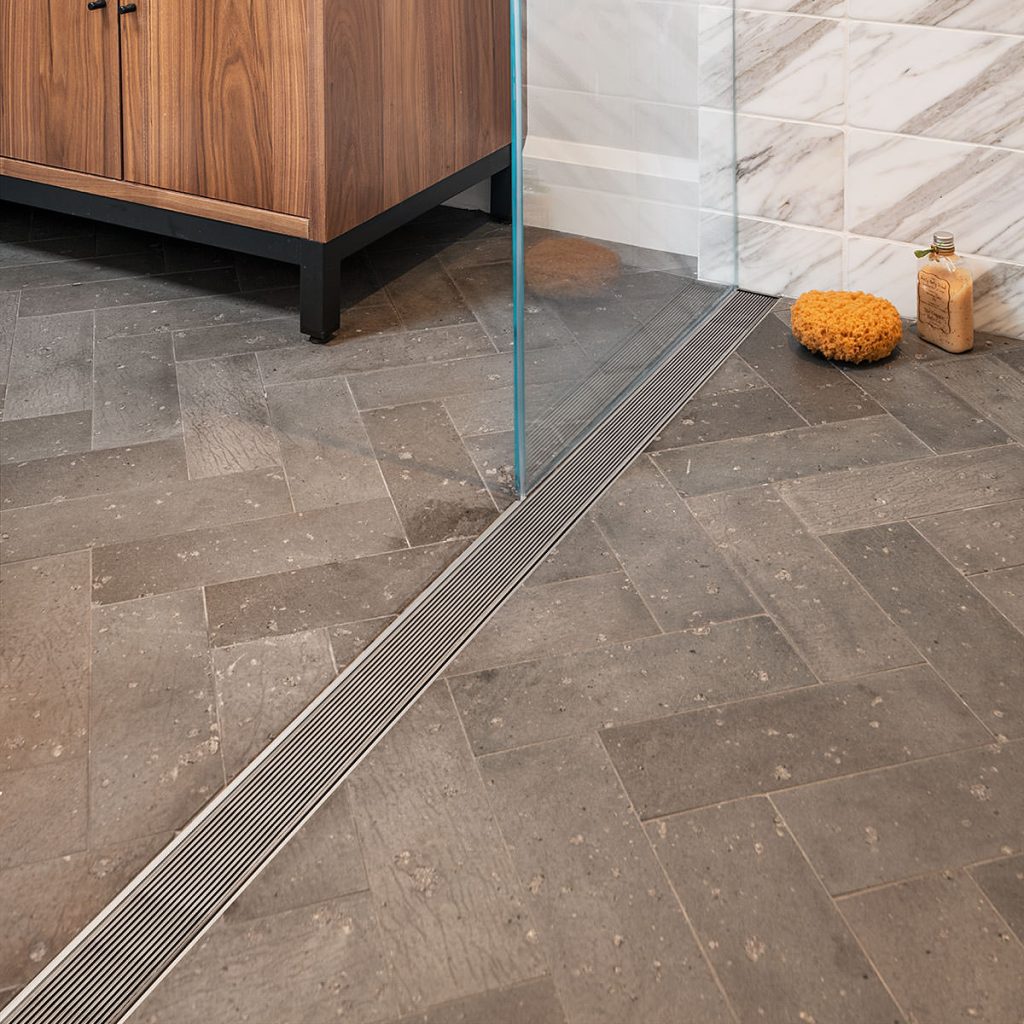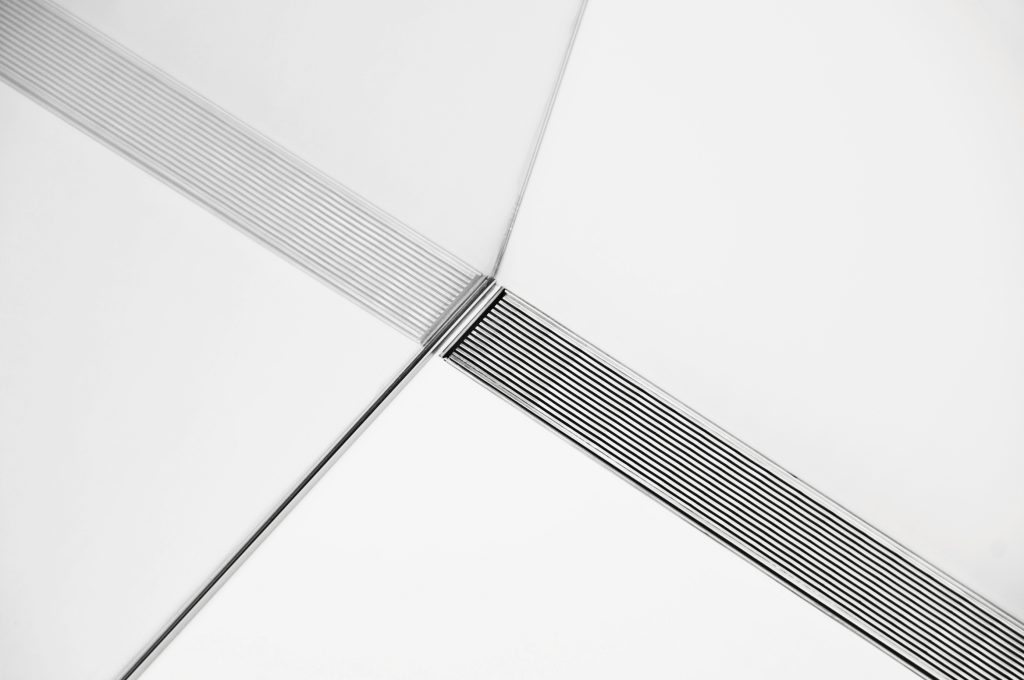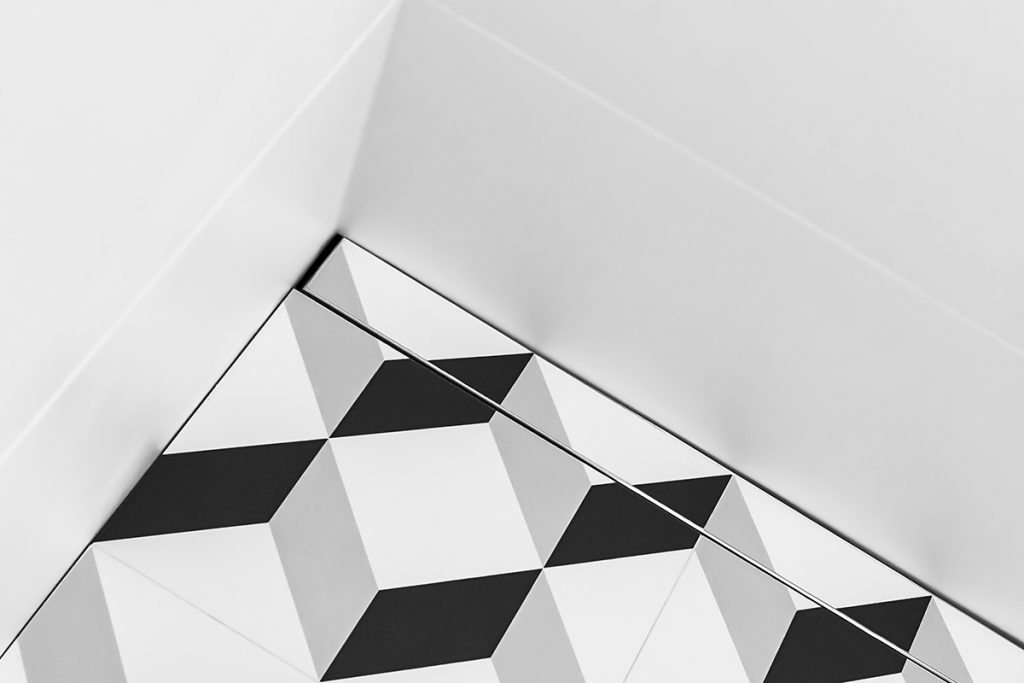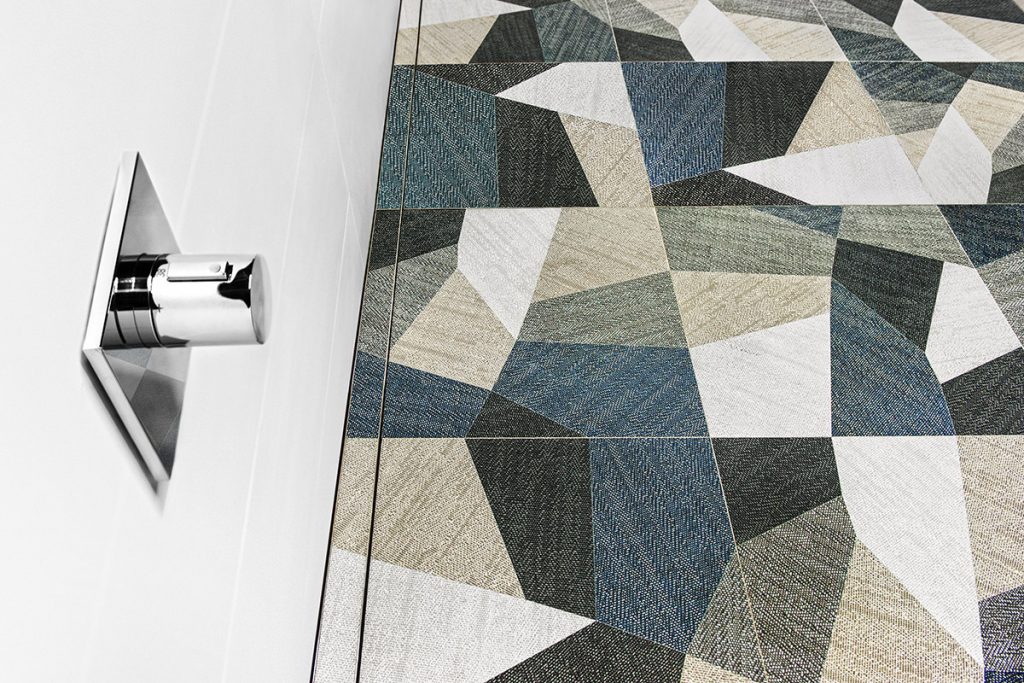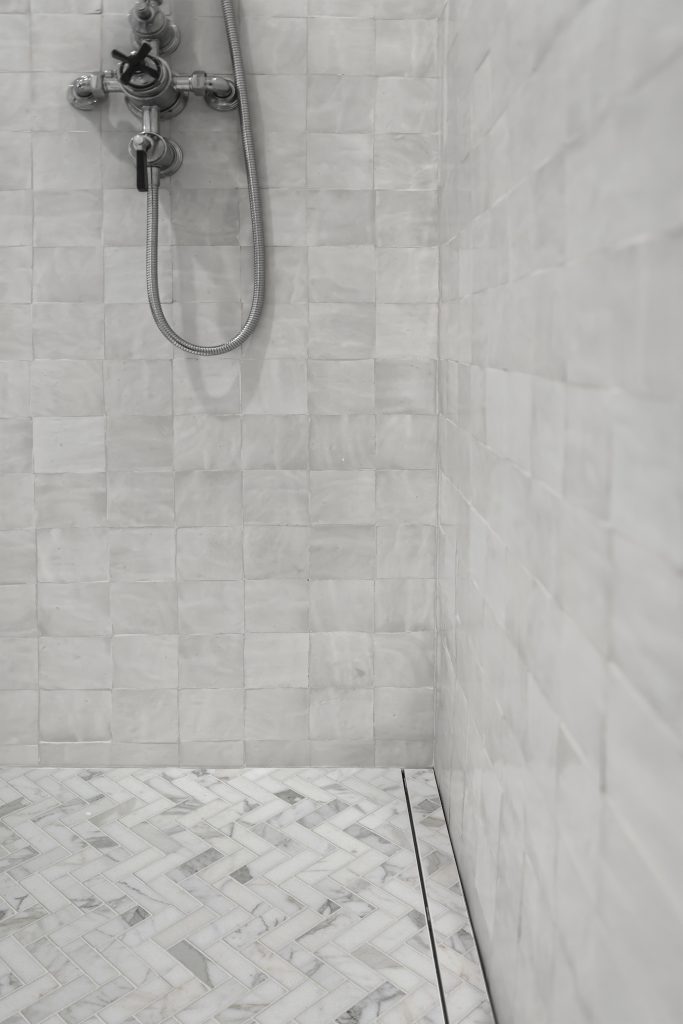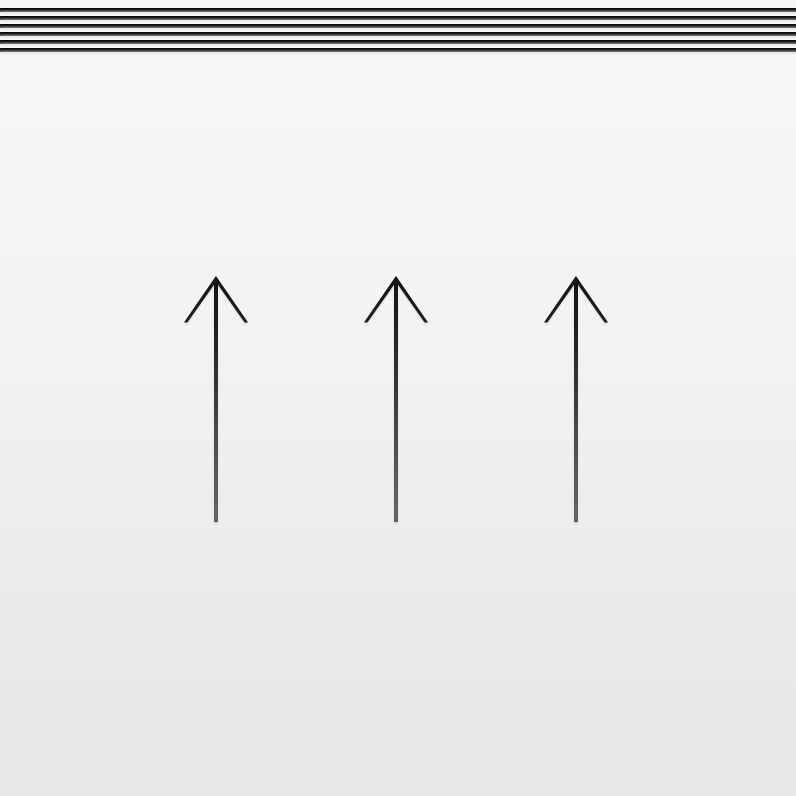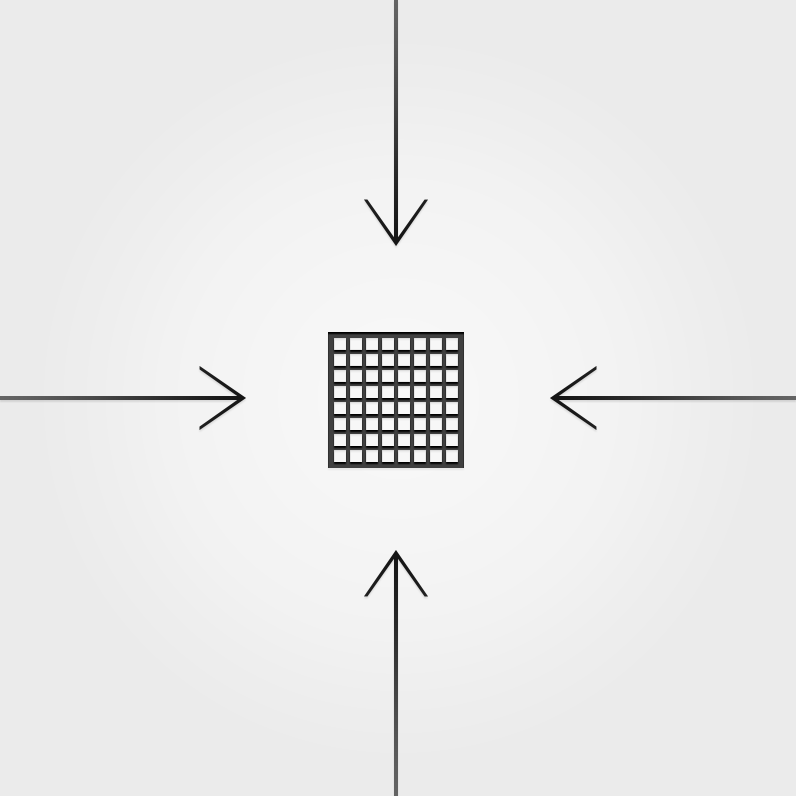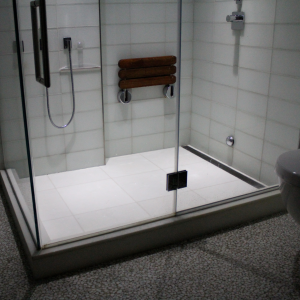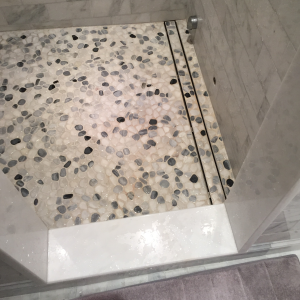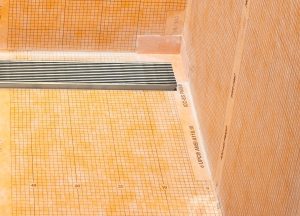Sanctuary, safe-haven, retreat.
Bathrooms have come a long way since its origin as a space for a quick bodily refresh.
What was once a communal place not even part of a home, has now become one of the most private and sacred focal points of residential design.
Join us as we journey through the inception of bathing spaces, its reform into residential refuges, and the next phase of bathroom design.
Medieval Times
In the medieval years, the most common way to wash was in a public bathhouse. The design of these shared dwellings was very lavish. Expensive tile was imported to adorn the floors, walls and bathing areas while elaborate decor established a spa-like atmosphere.

Photo Courtesy of JM Bathrooms
Victorian Era
During the Victorian period, personal hygiene was a low priority among daily activities. Most took to washing just their face, arms and legs in public washing stations. For the wealthy, decorative washing stands consisting of a basin and water jugs were common place in the home. These stands were primarily located bedside.
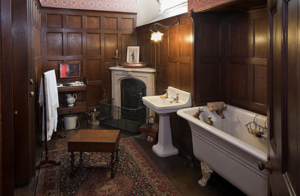
Photo Courtesy of Alamy
At this time, the development of indoor plumbing was conceived, leading to the installation of efficient sewage systems and indoor toilets.
Early 19th Century
The 1800s saw the revival of public bathing locations but for more modern and practical uses. These bath houses were not only used for personal cleaning, but laundry purposes as well. The bathing areas were often separated by gender as well as hot and cold water options.
Photo Courtesy of Alamy
For the upper class, grand restrooms within the home were becoming prevalent. While most homes still did not have running water, bath tubs became a popular concept and were filled using taps connected to natural water sources. These rooms were usually made up of a bath and a sink, with the toilet elsewhere.
The 1900s
At the turn of the century, bathroom design revolutionized and became an integral part of households. In the early years, toilets were still held in a separate part of the home, however, this changed with the introduction of showers. This allowed the bathroom to evolve into a room where all personal hygienic activities took place.
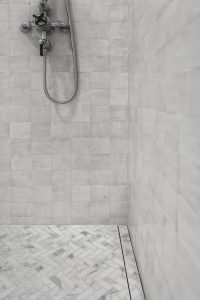
In the 1980s attention on the centrality of the body and the self-care, prompted the development of new design concepts primarily focusing on health and wellness. This resulted in a constant evolution of residential design and the furnishing of the entire home environment.
In this context, the bathroom dropped its label as a simple room of service, and transformed into a relaxing environment, where one can focus on self-wellness and body care.
Modern Bathroom Design and the Future
Today, the function of the home has drastically shifted. Each room serves its own unique purpose to contribute to daily household and lifestyle activities.
The bathroom has notably become one of the most considered areas of a home, with a greater purpose. It has become a space less centralized on the singular concept of personal hygiene and more focused on the overall theme of an individual’s health and wellness.
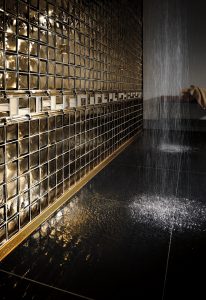
Every detail from floor plan arrangement, lighting, fixtures and shower design contributes to the overall intent of the room. The idea that aesthetic and function come together in a perfect balance to craft a space where one can relish in the ultimate relaxation in the comfort of their own home is the true evolution of bathroom design.
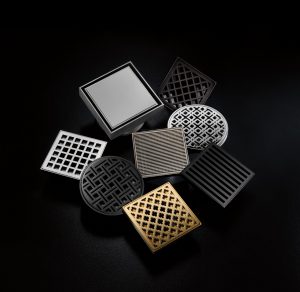
Infinity Drain invites you to bring your bathroom into the modern era of interior and architectural design with its series of high-style linear and center drains.
All drains are available in a number of sizes, grate styles and finishes, customizable options that assist with crafting barrier-free bathrooms, wet rooms, spaces that seamlessly age in place and one-of-a-kind looks.
For more product trends and tips from Infinity Drain, be sure to follow us on Facebook, Instagram and Pinterest.
Sources:
https://www.builddirect.com/blog/evolution-of-the-modern-bathroom/
https://www.darrenjames.com.au/blog/evolution-of-the-bathroom-then-and-now-over-the-decades.html

